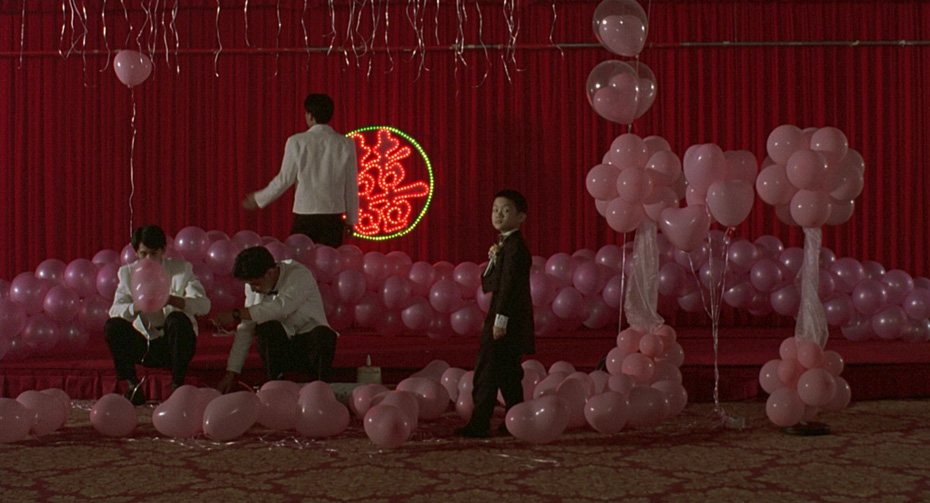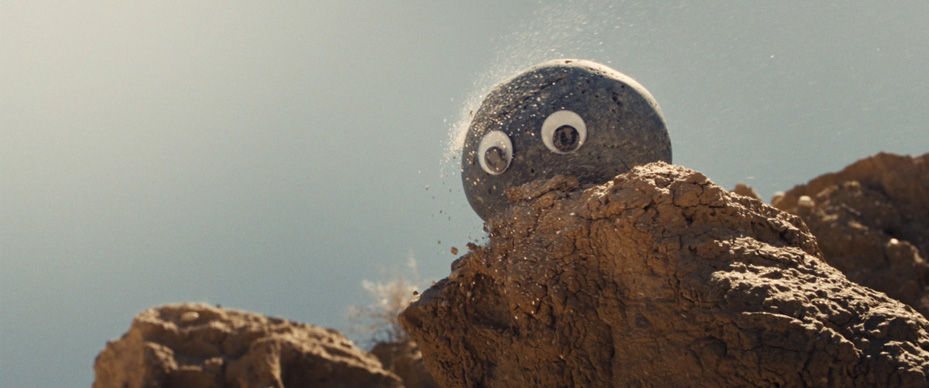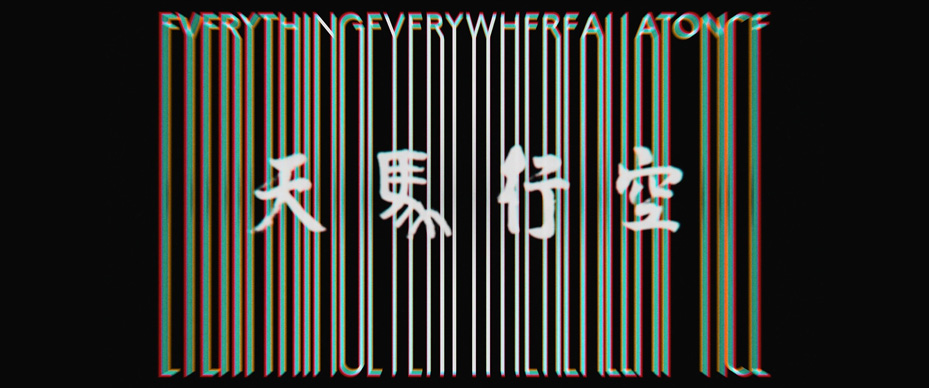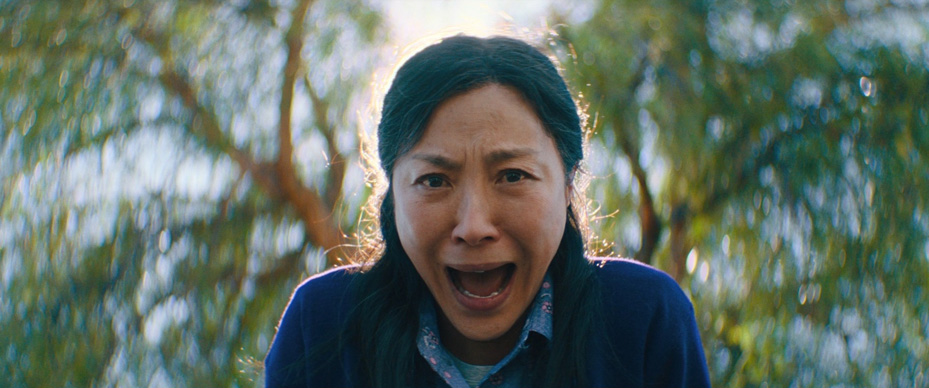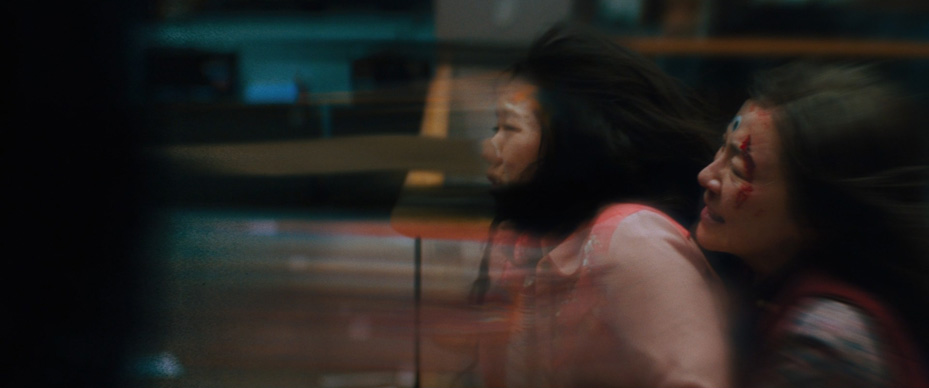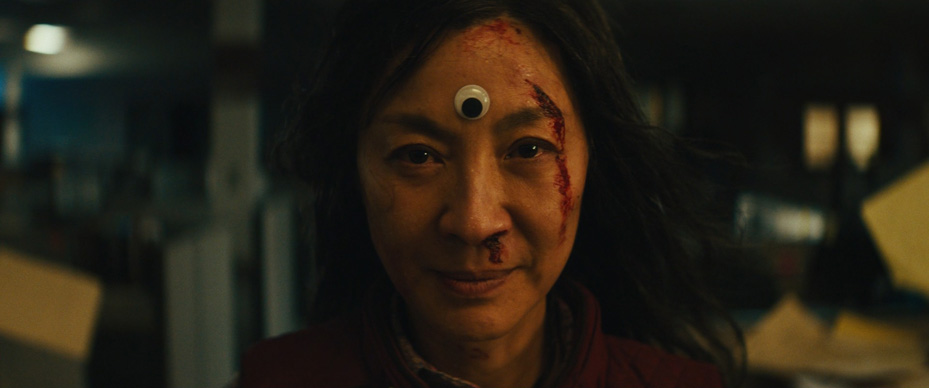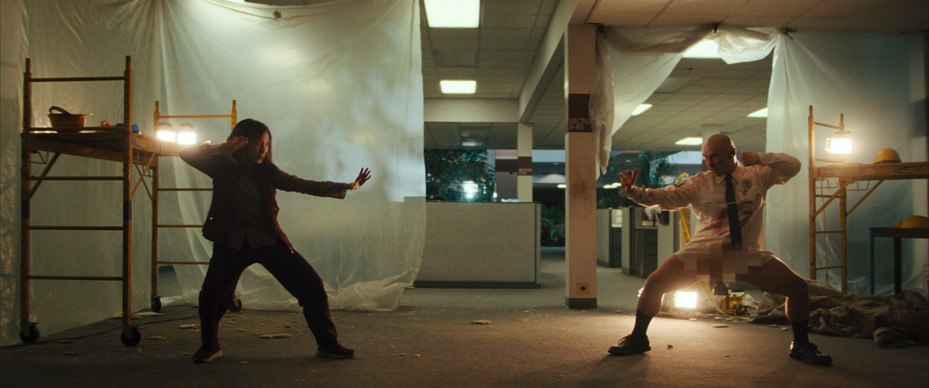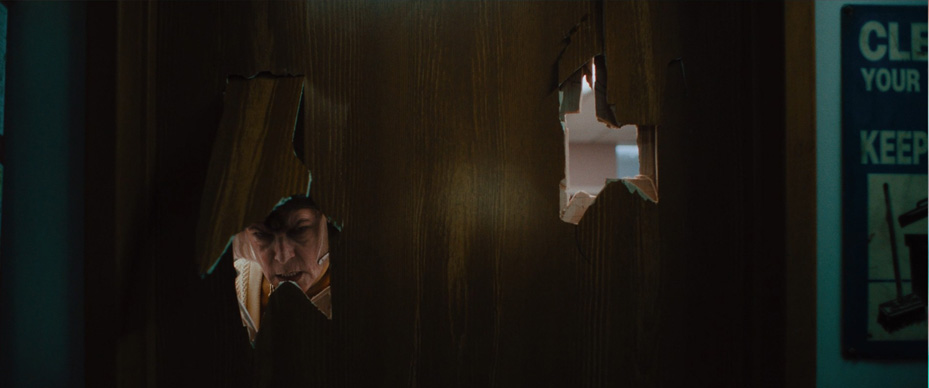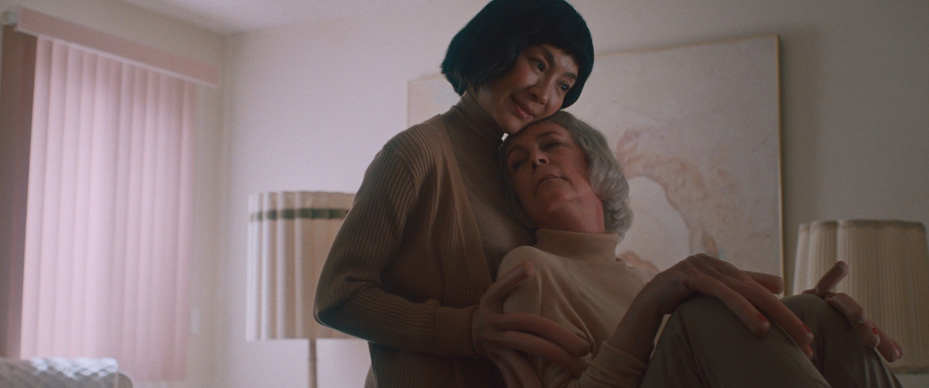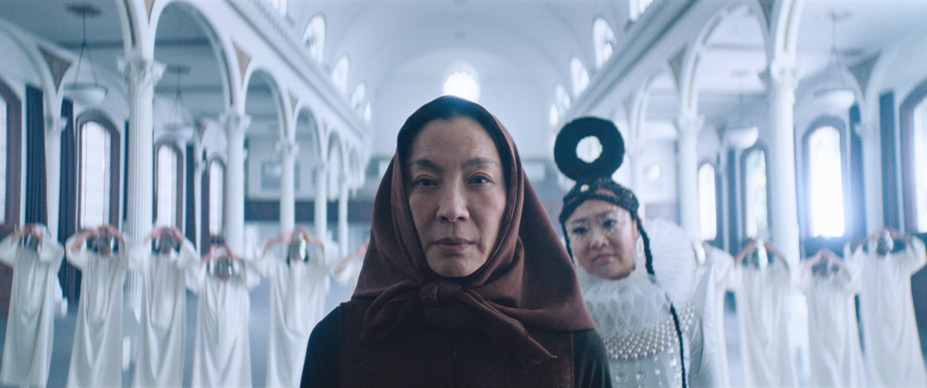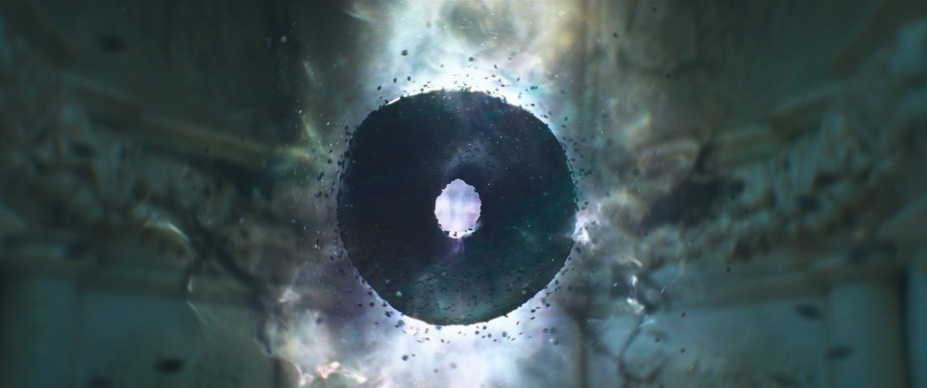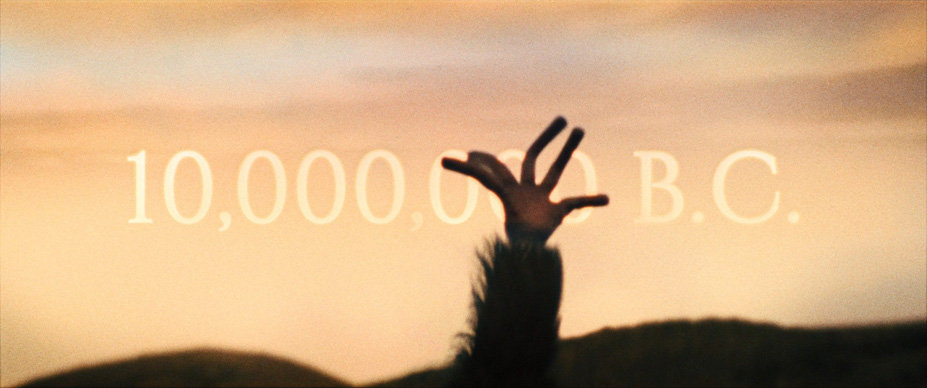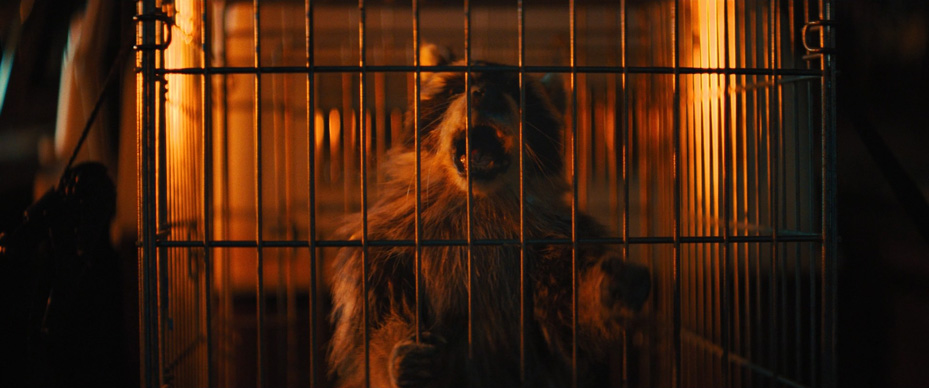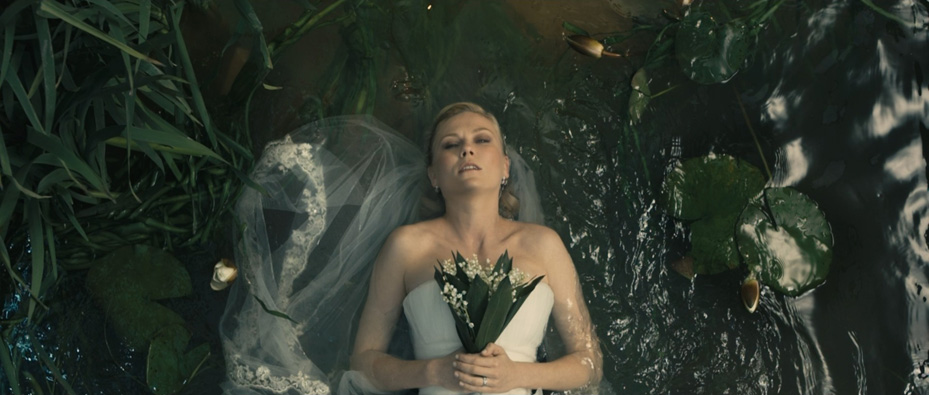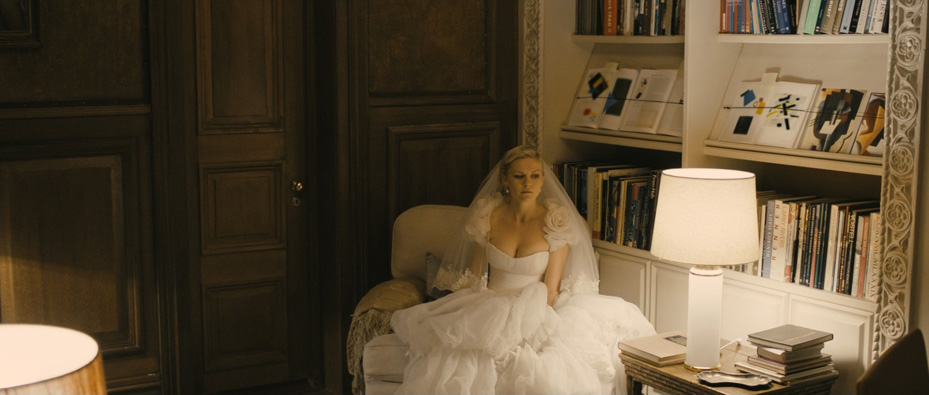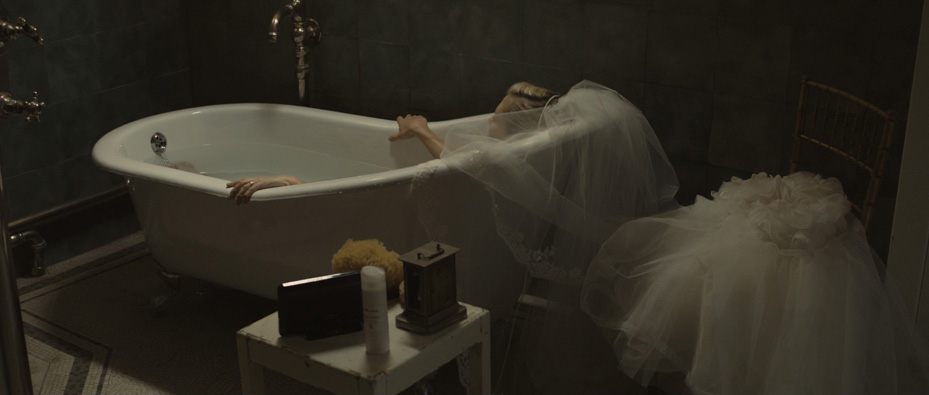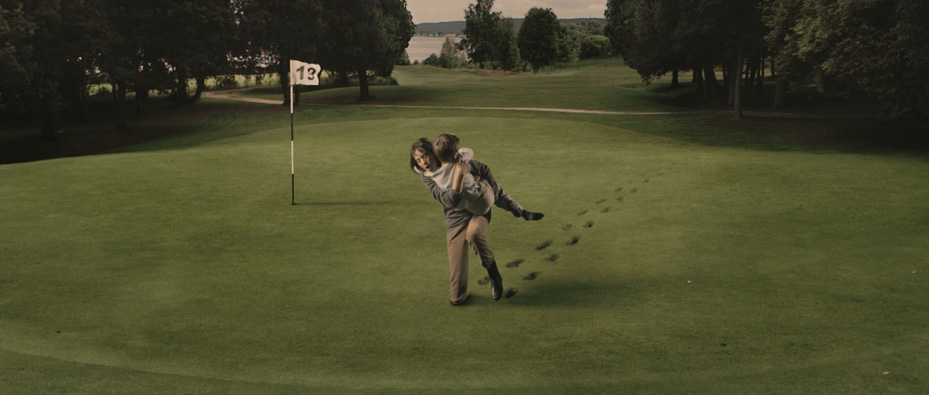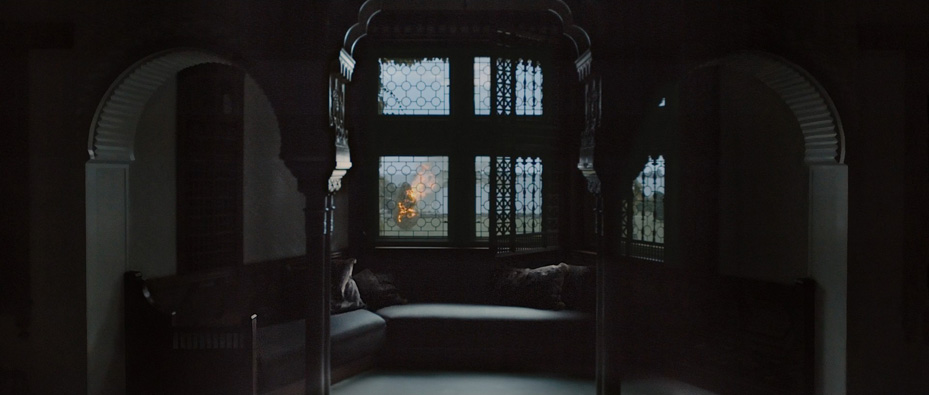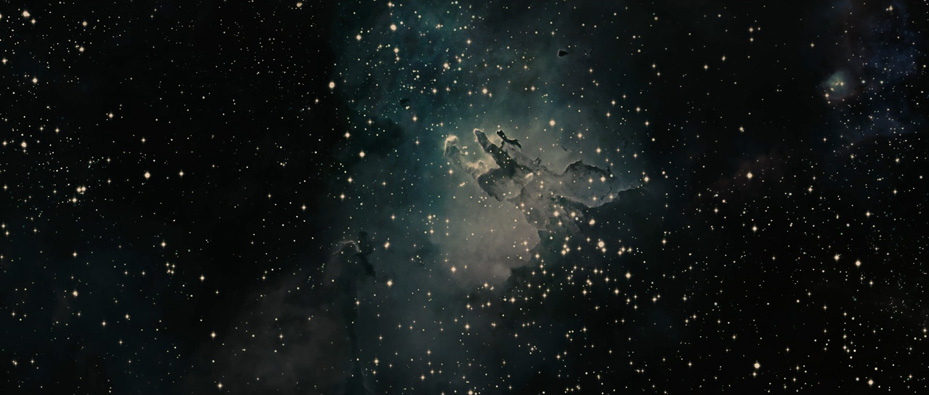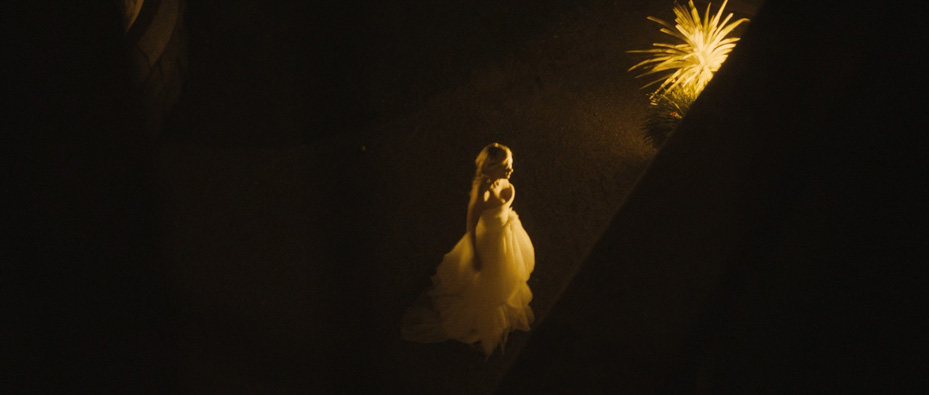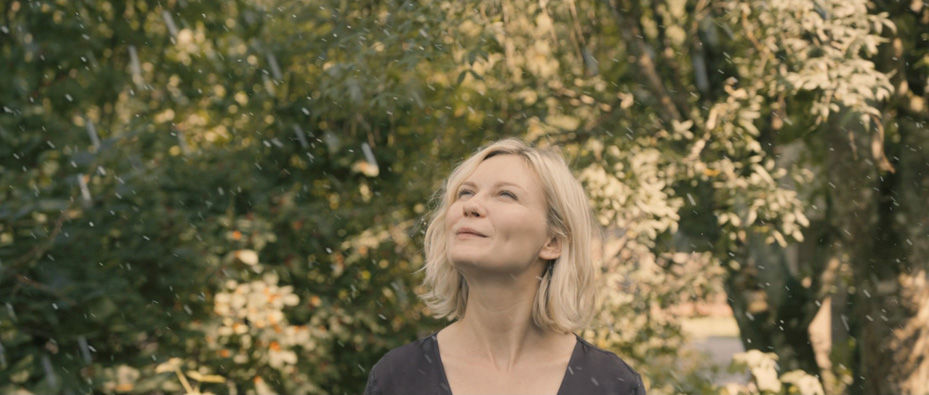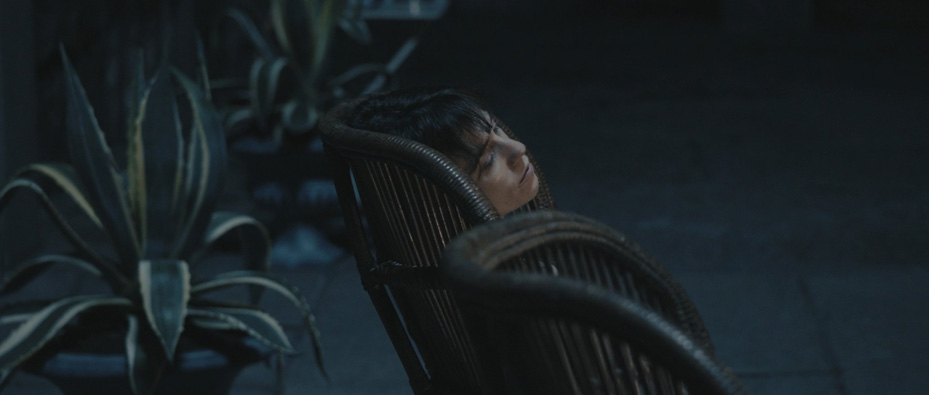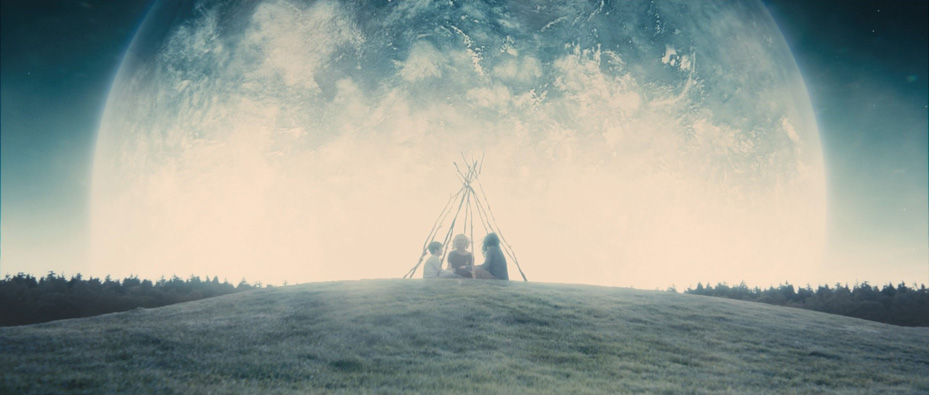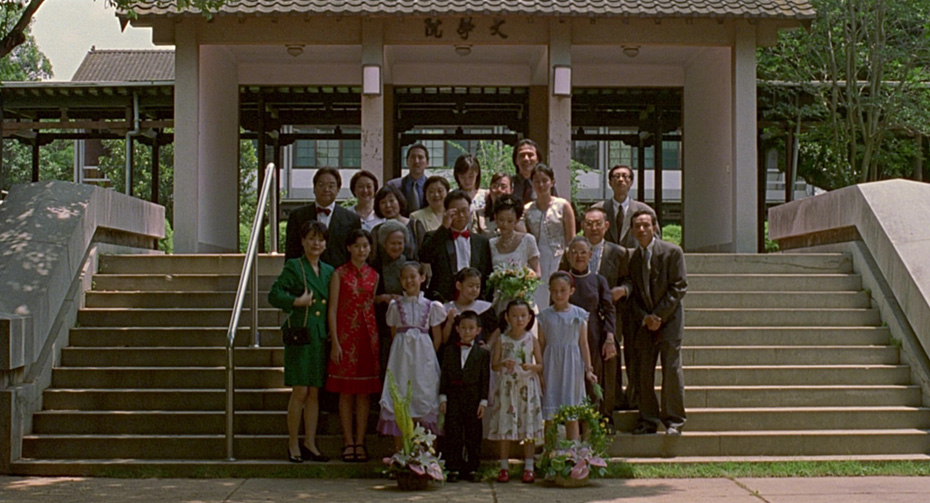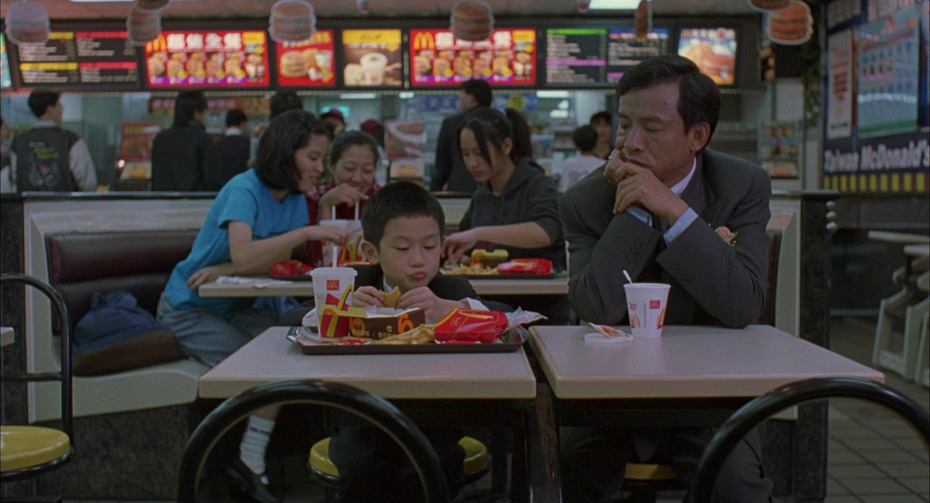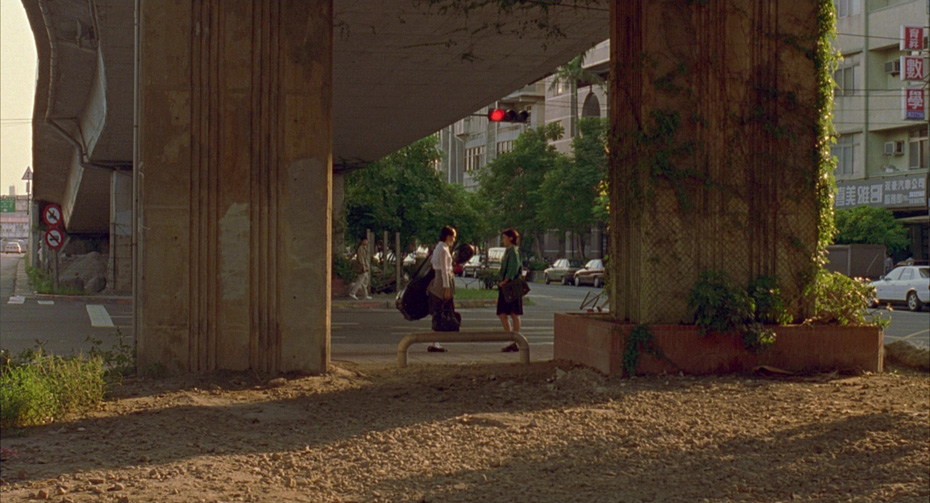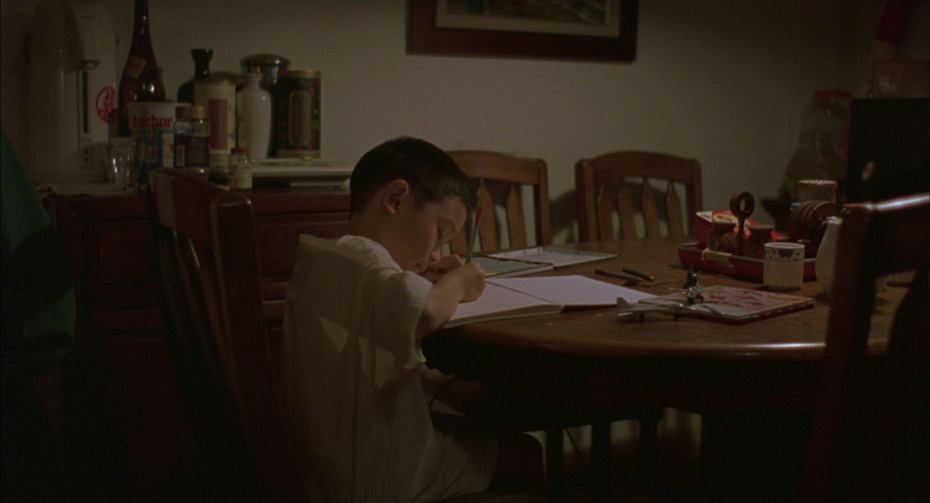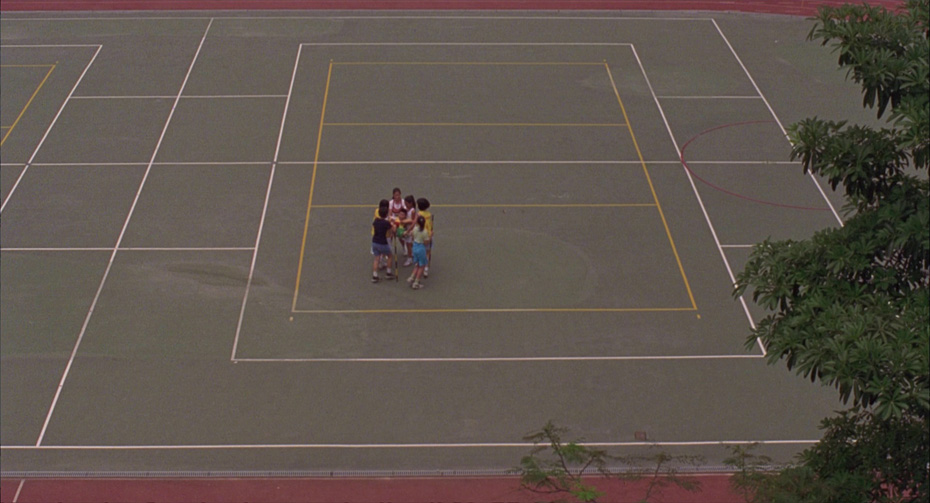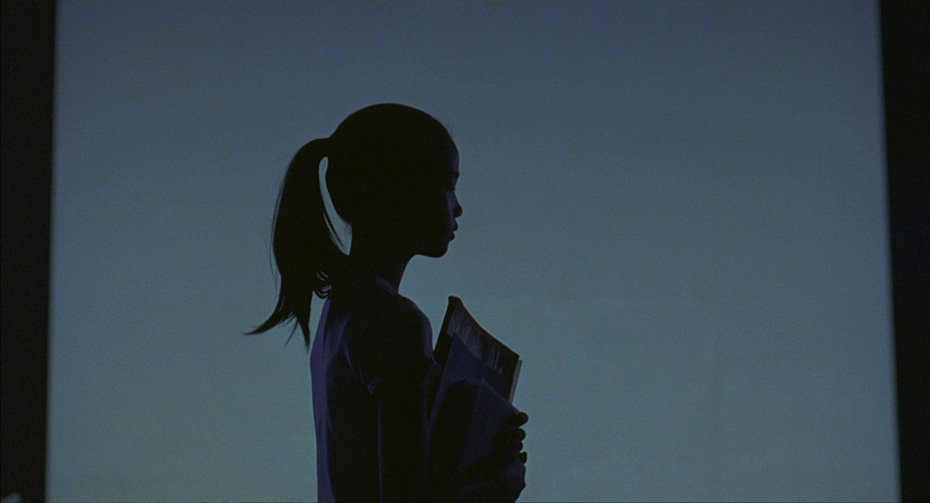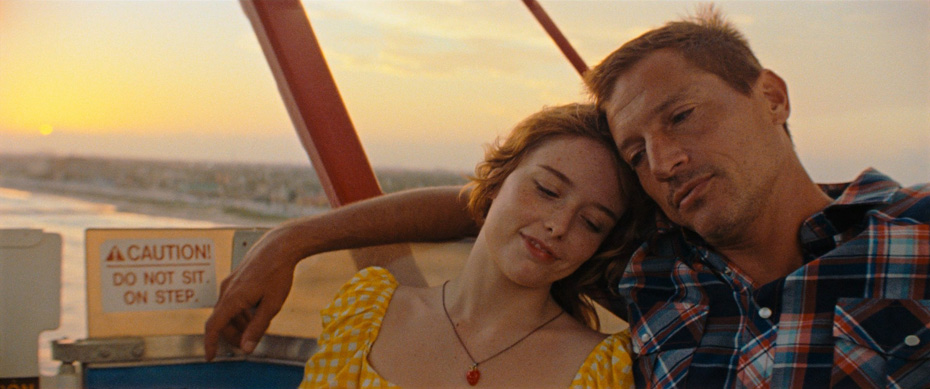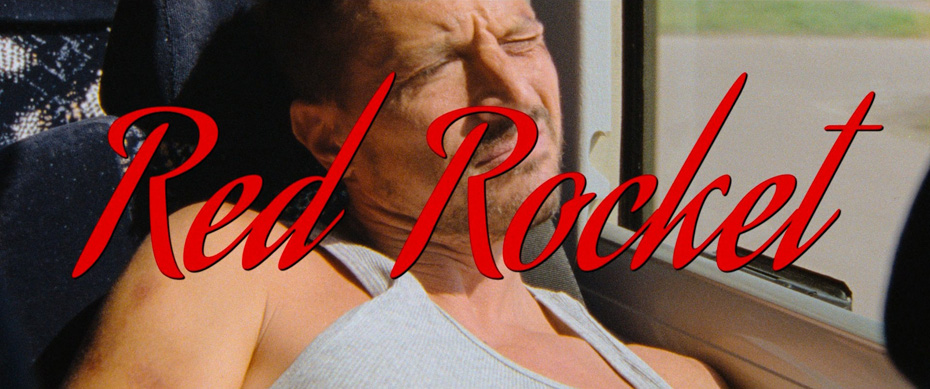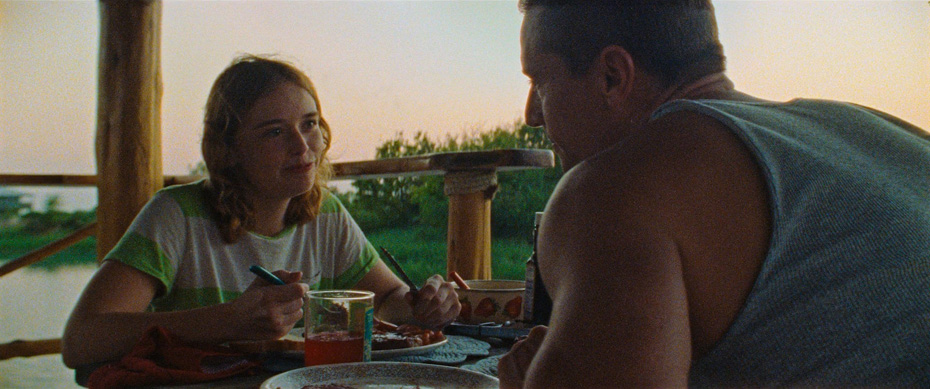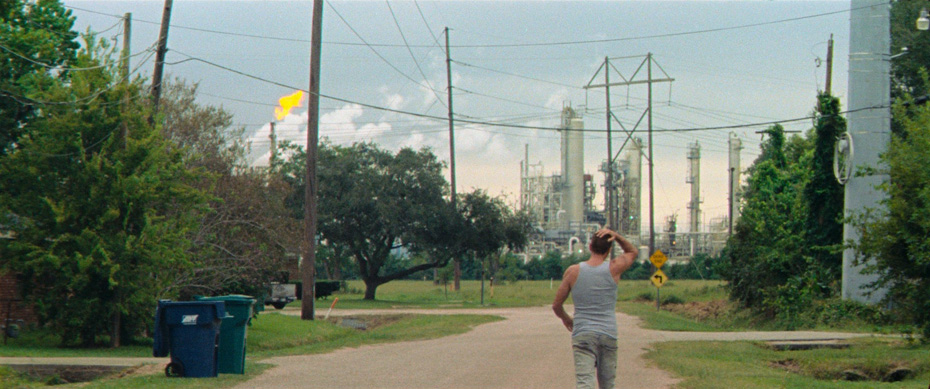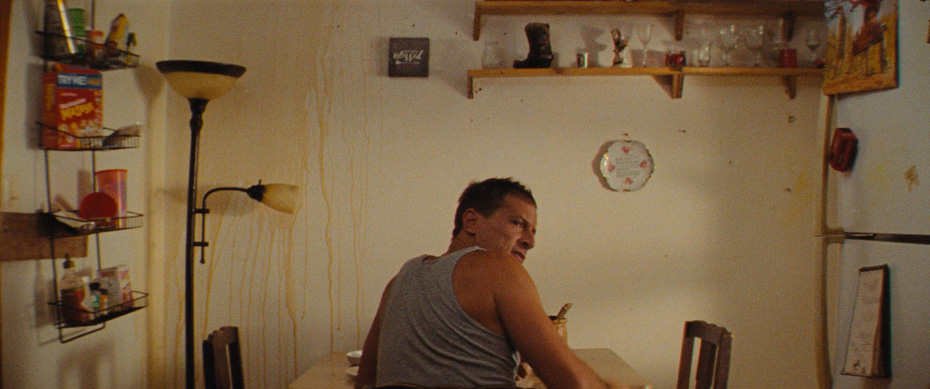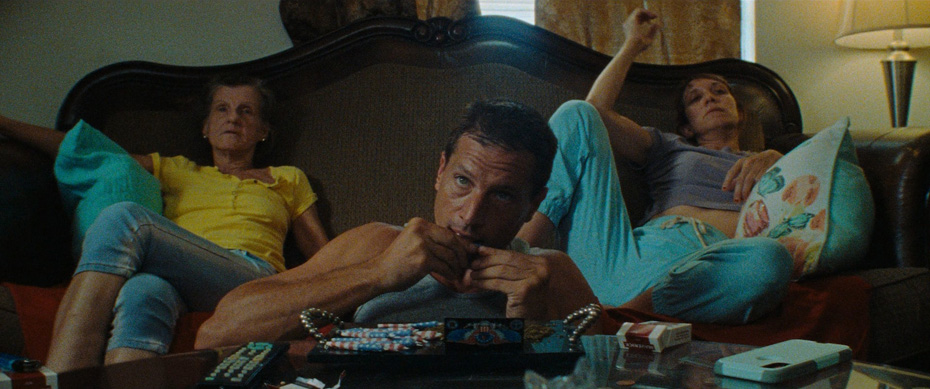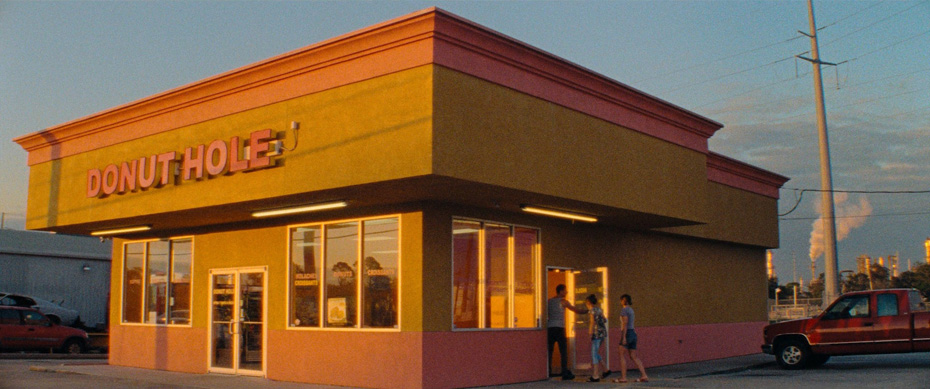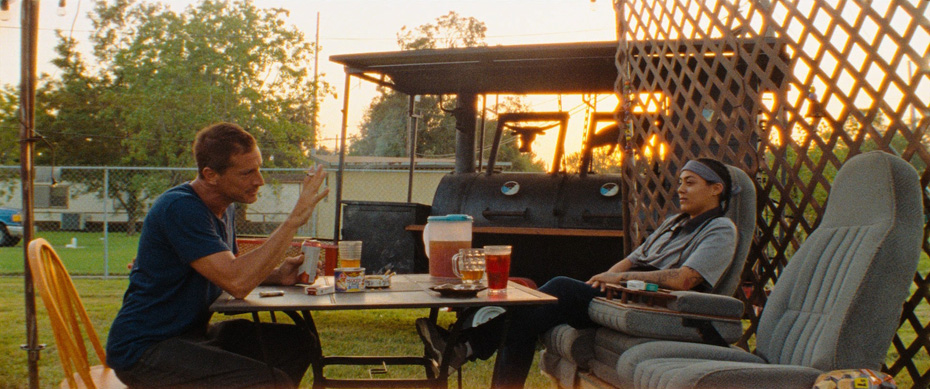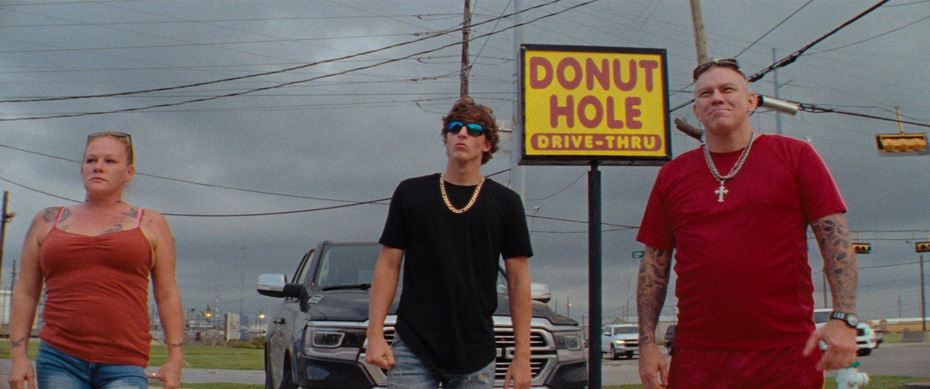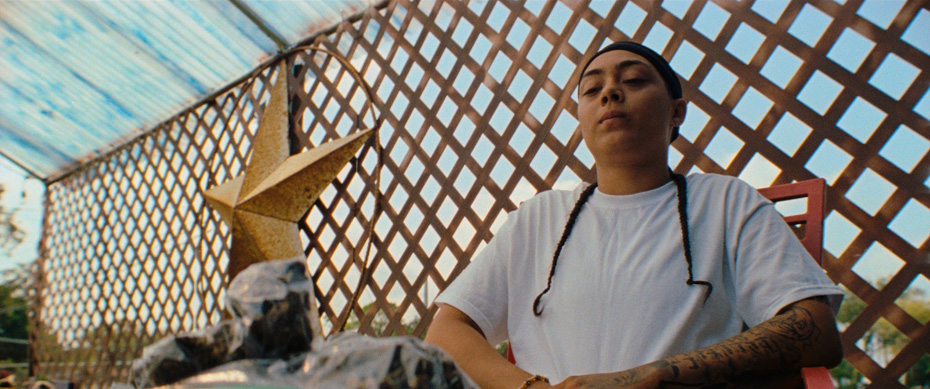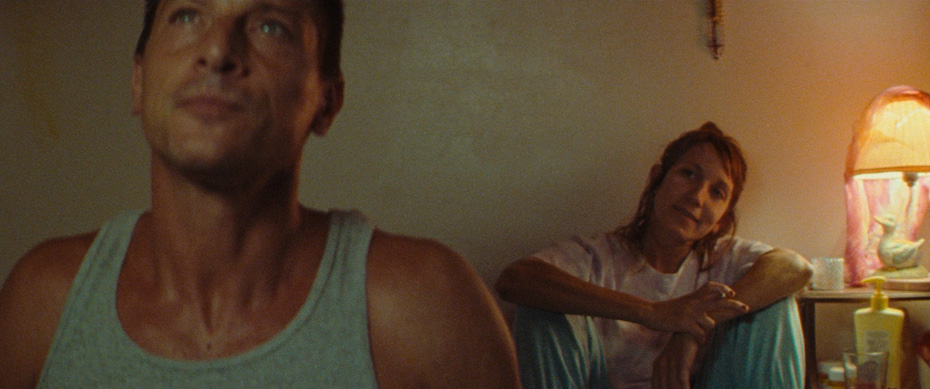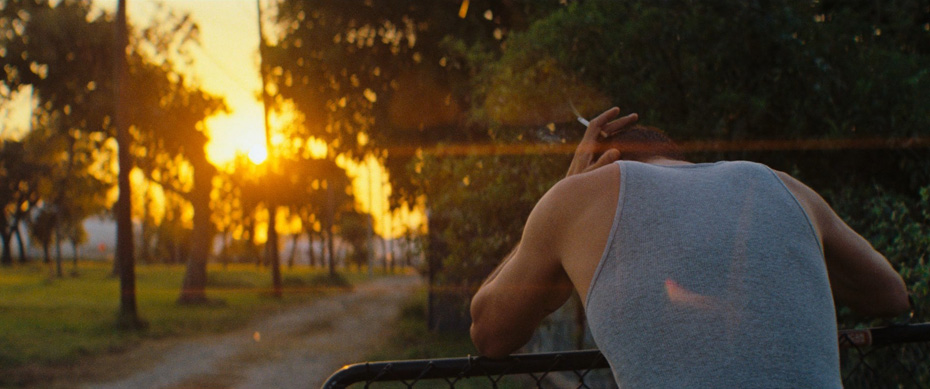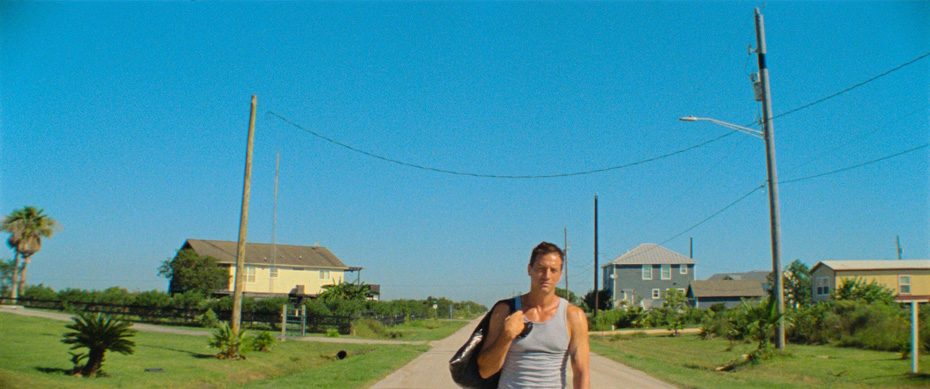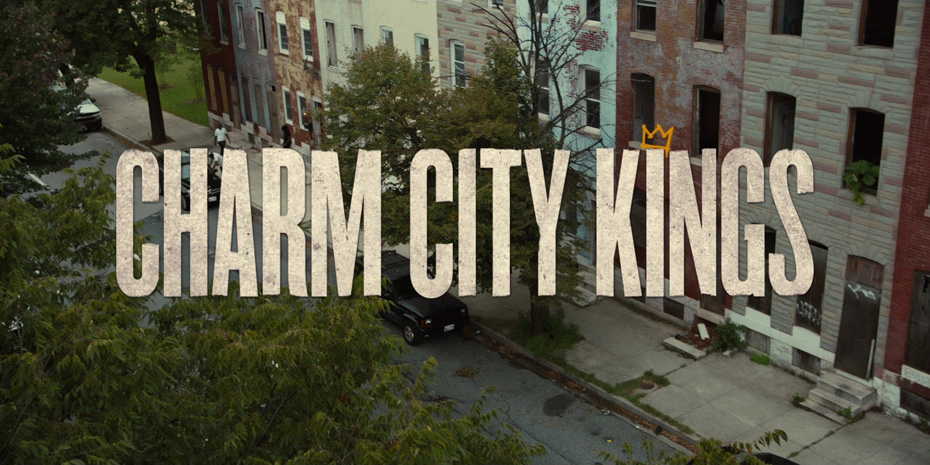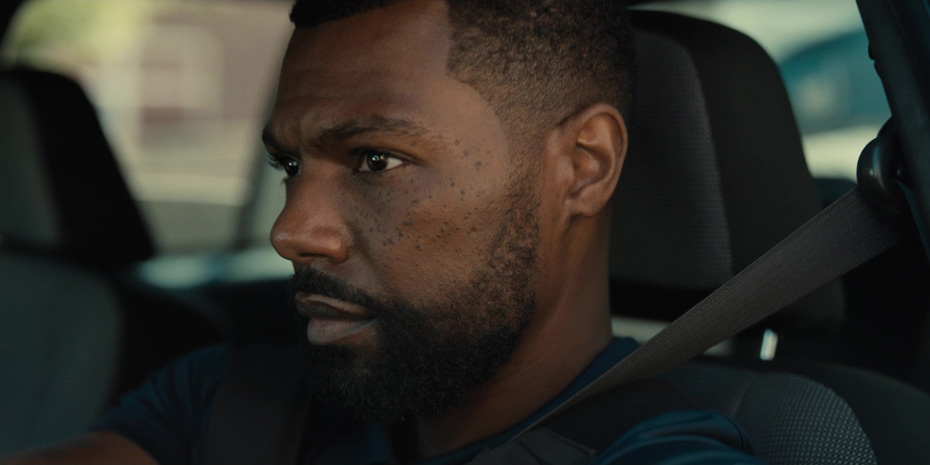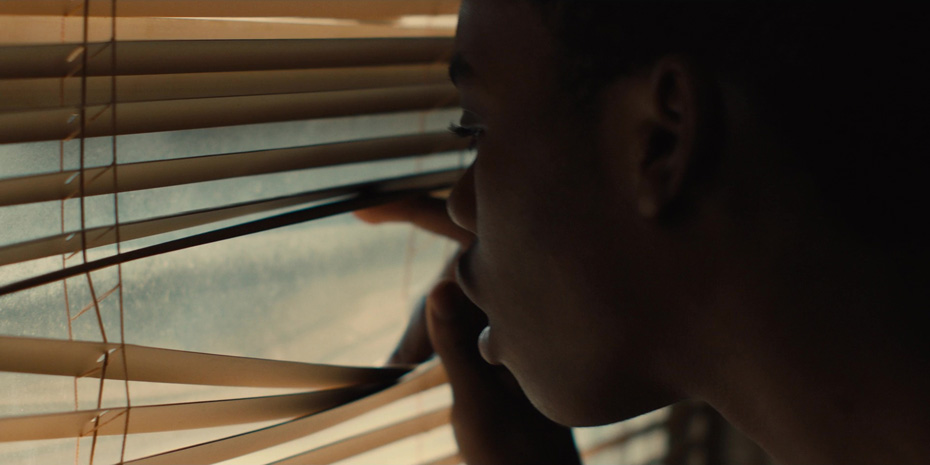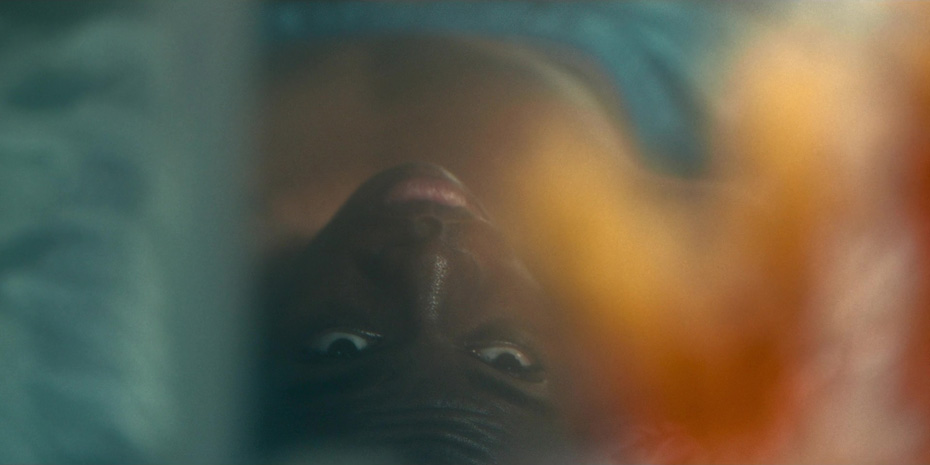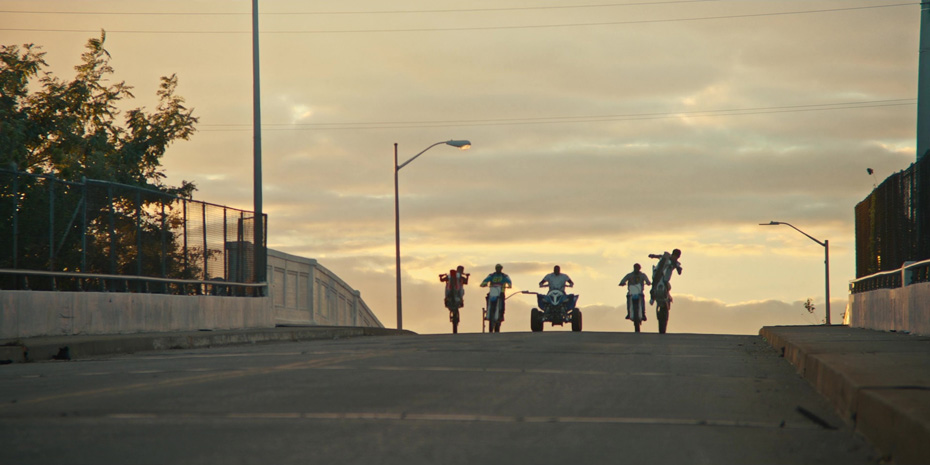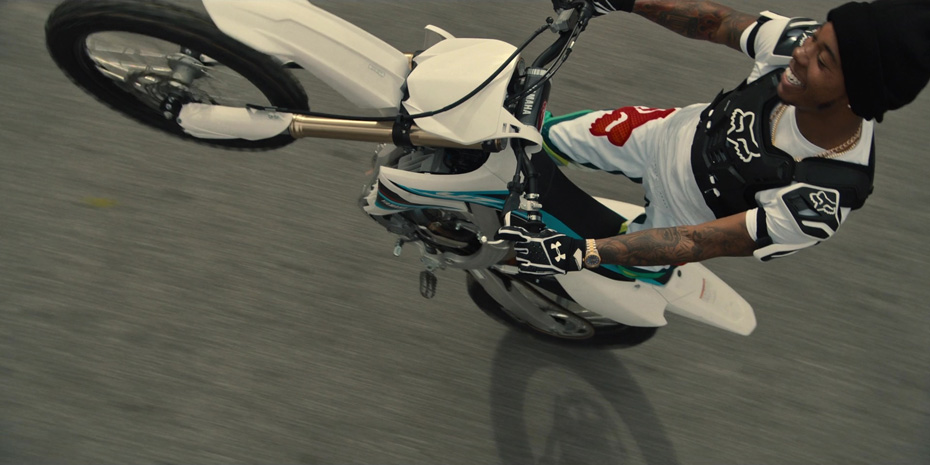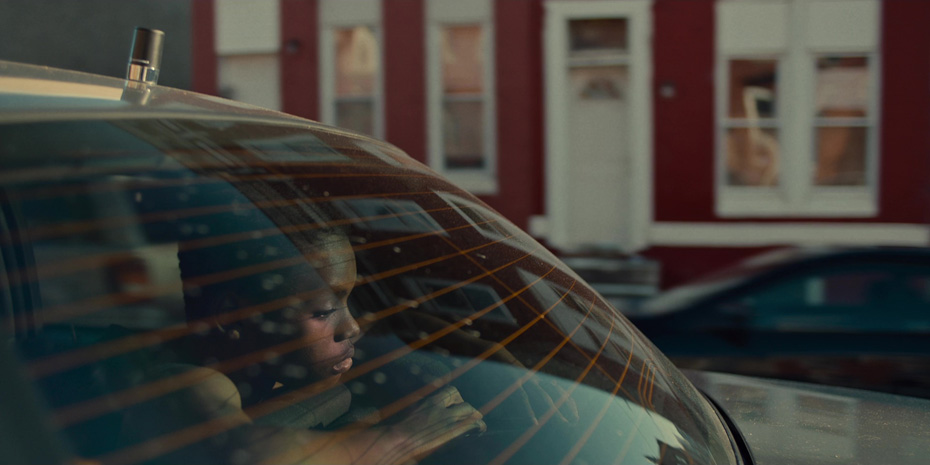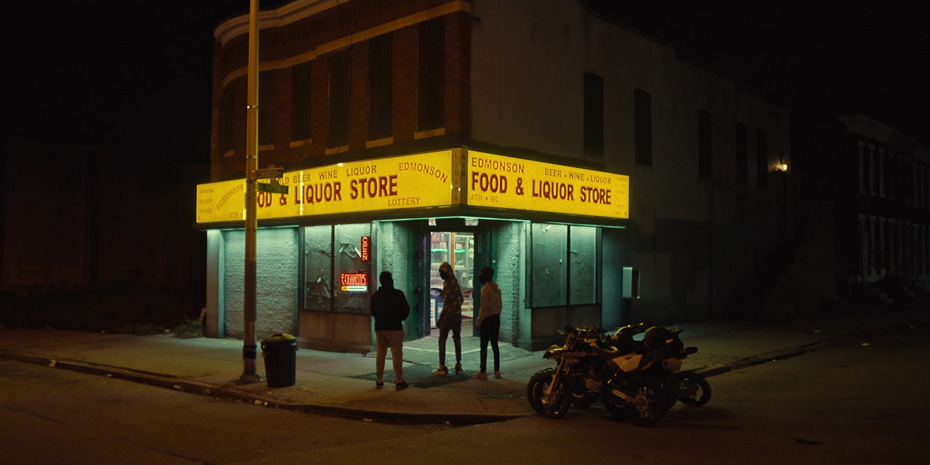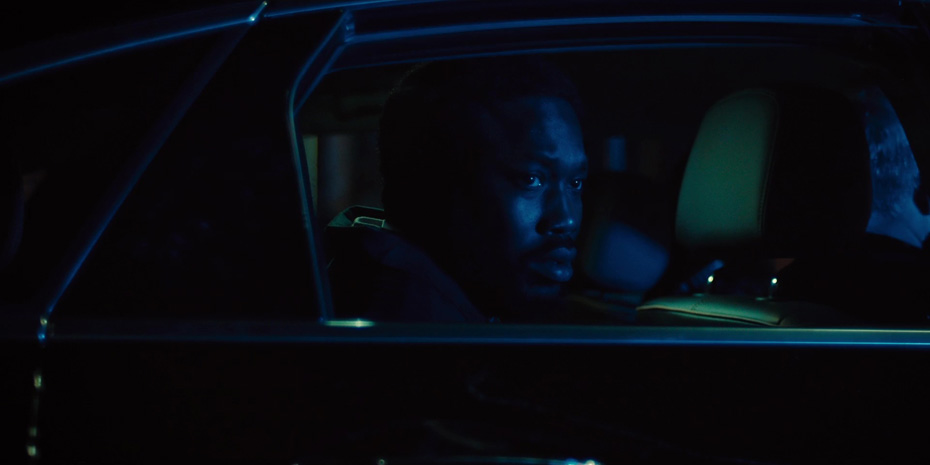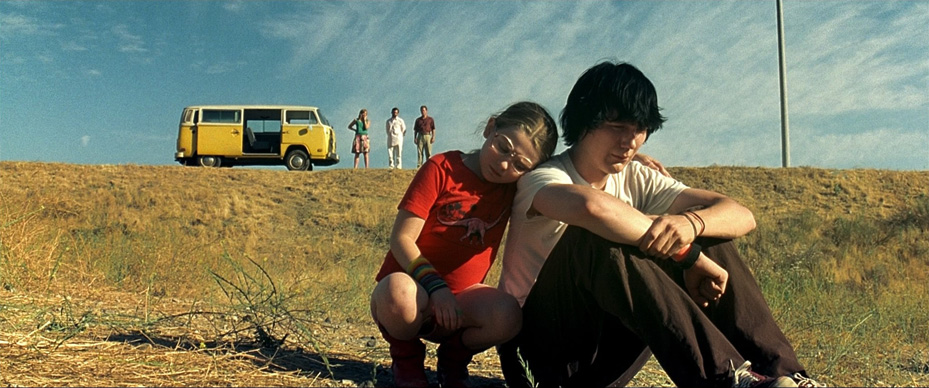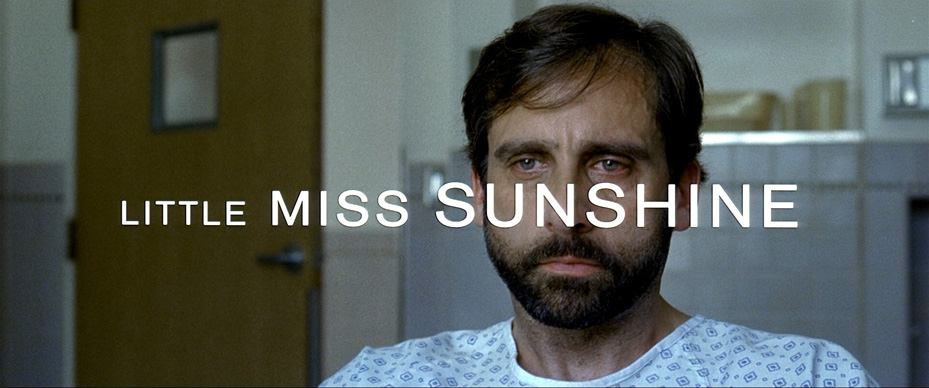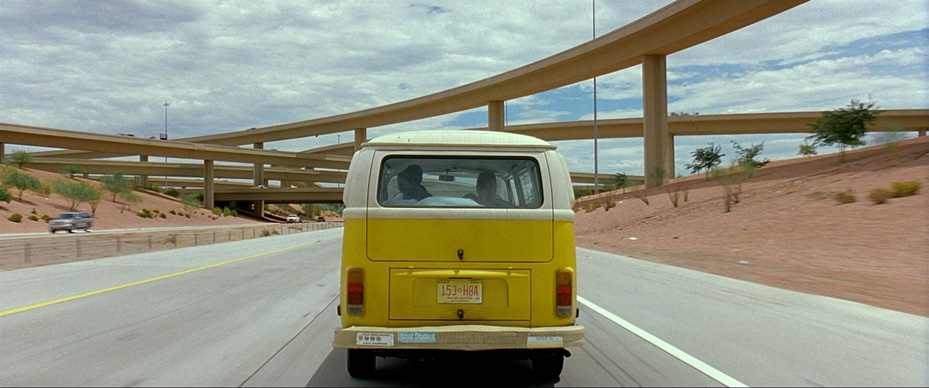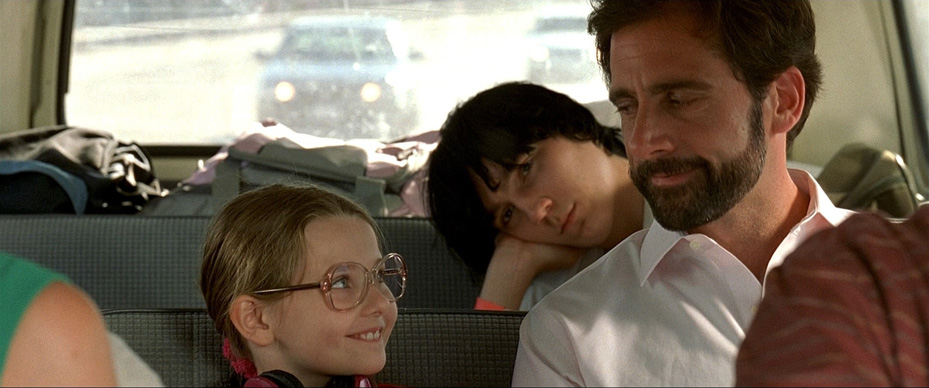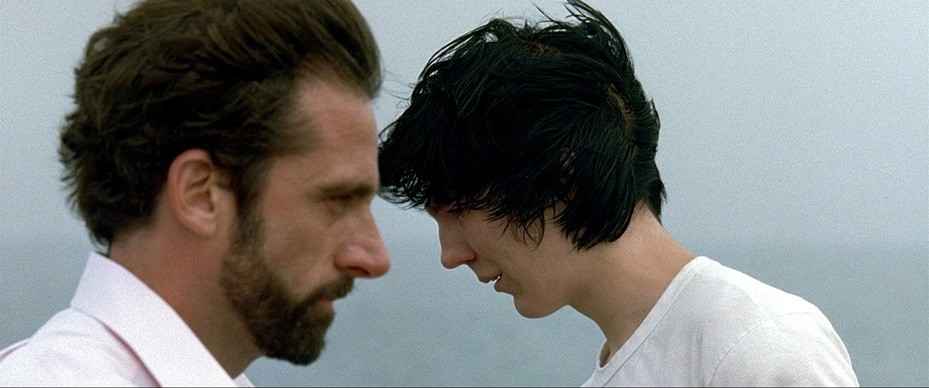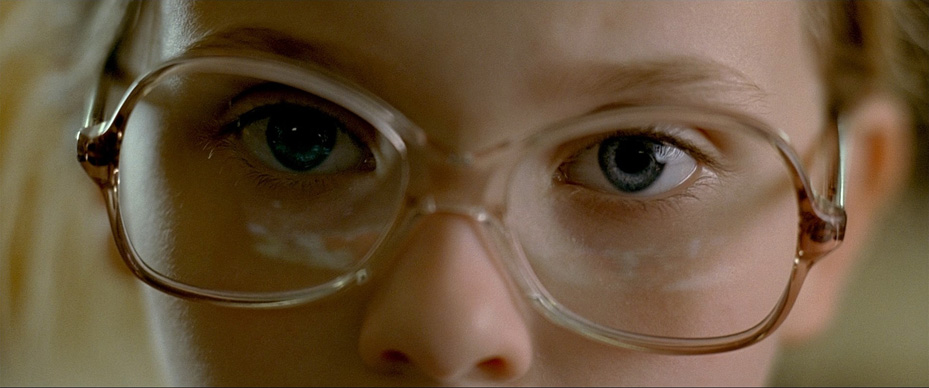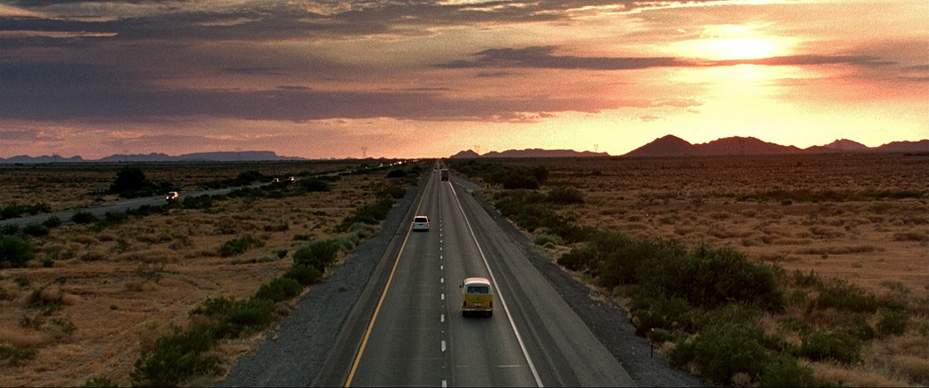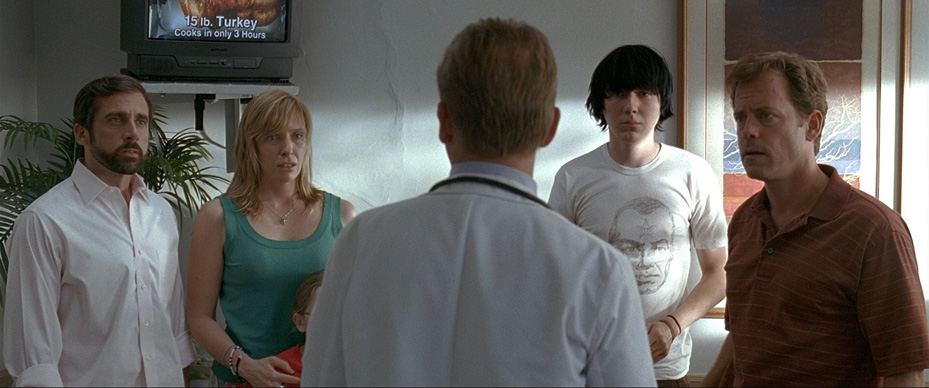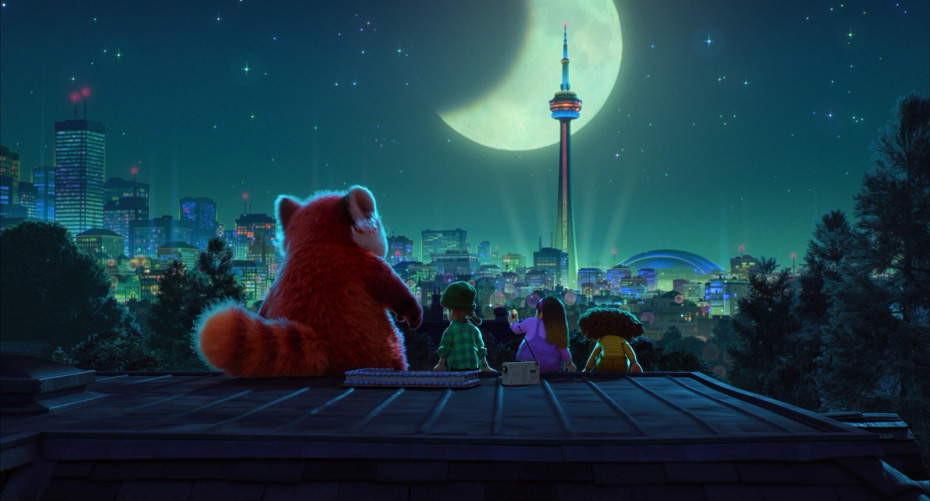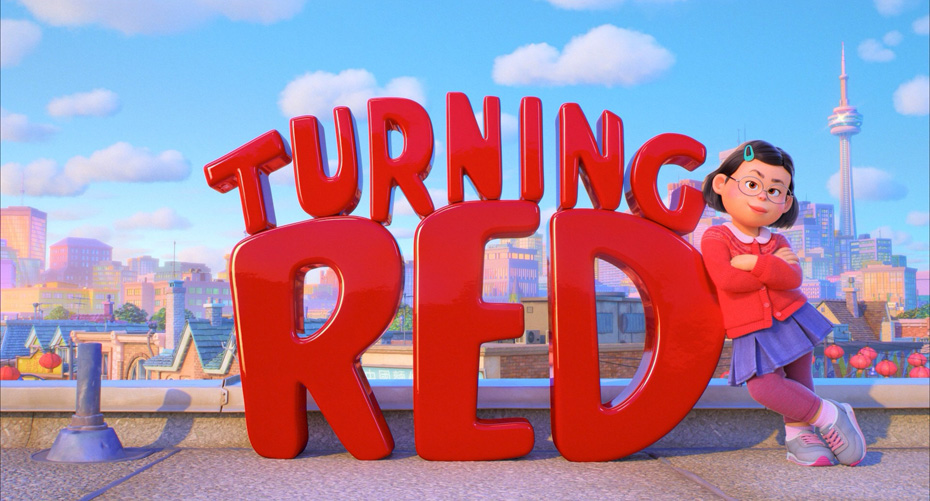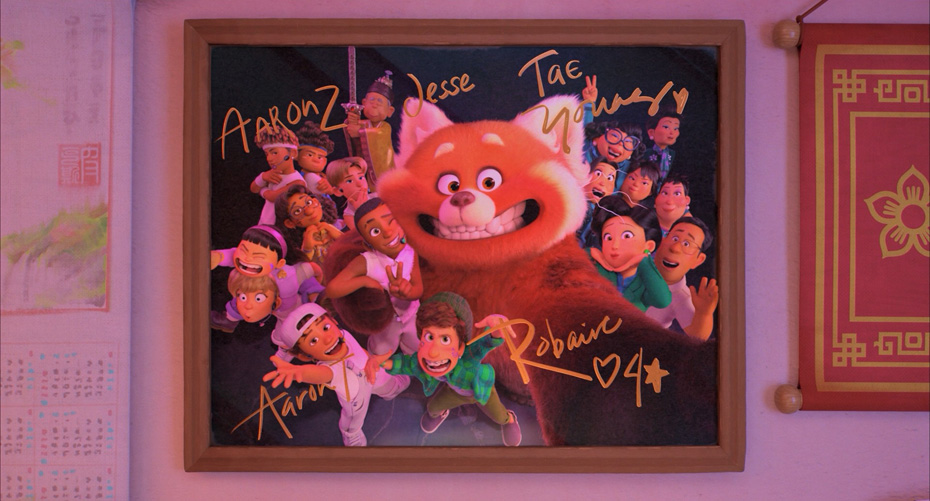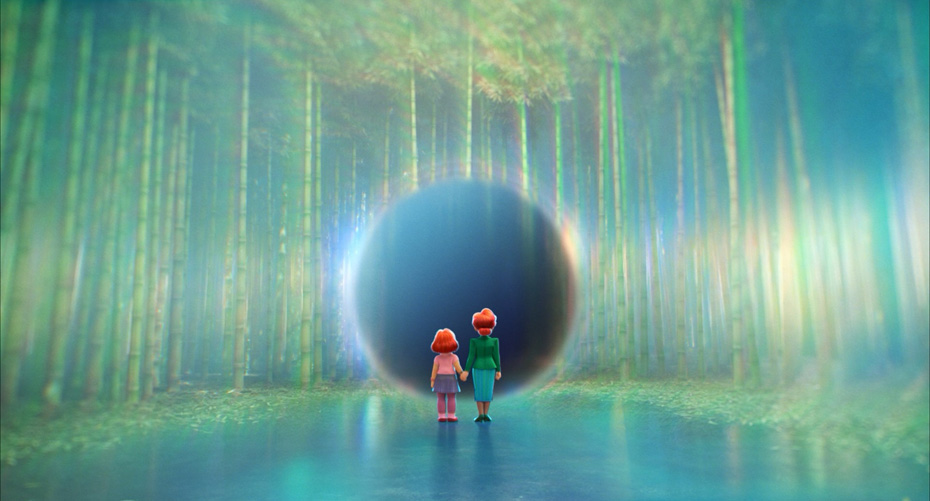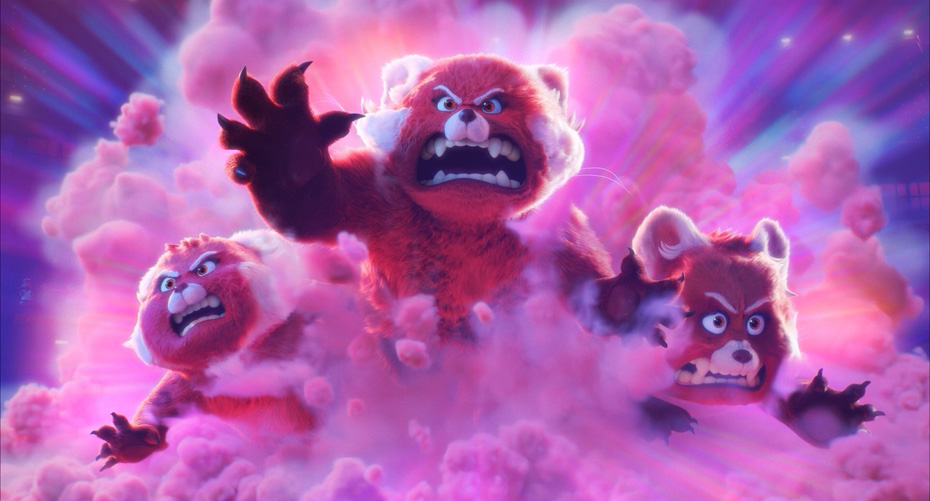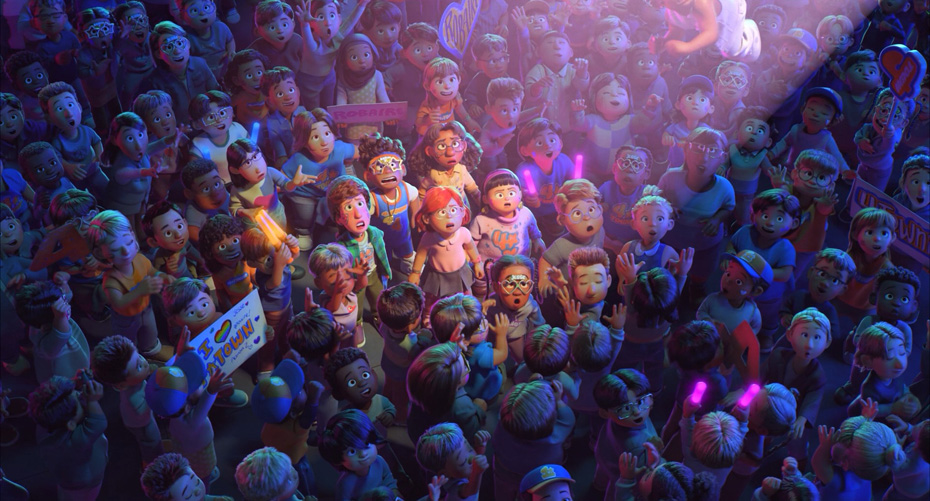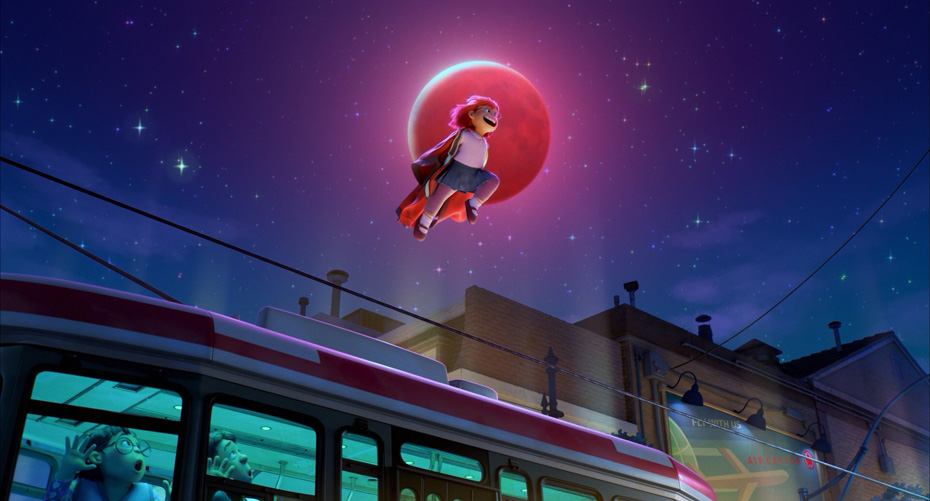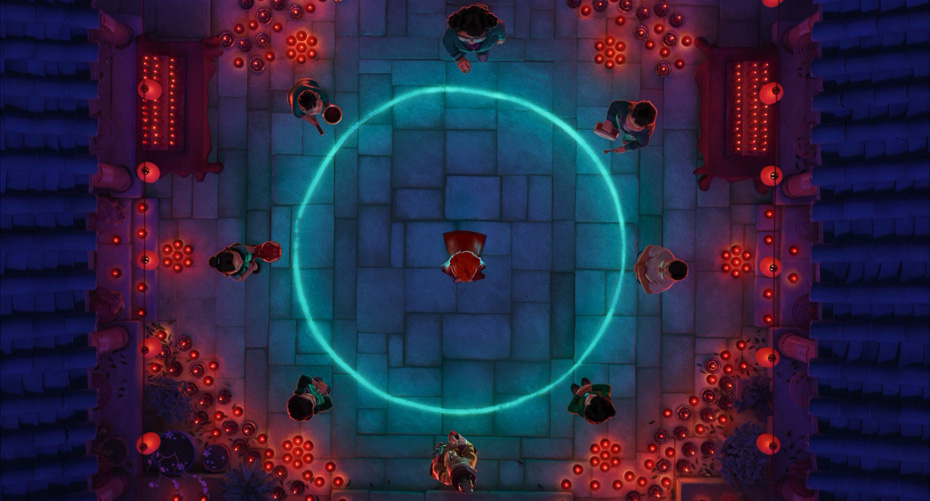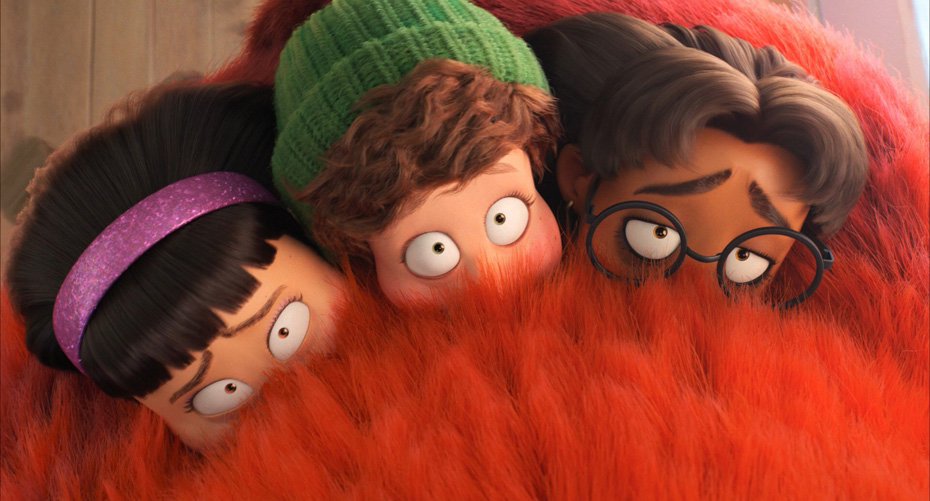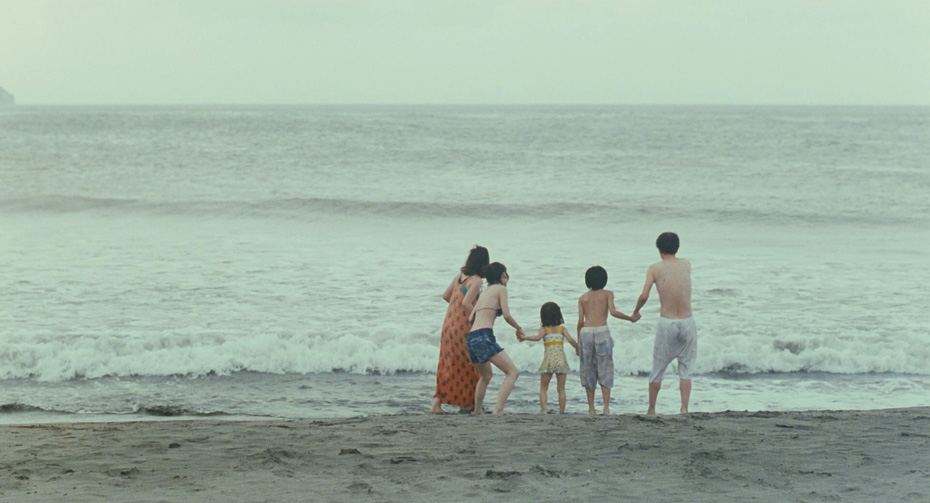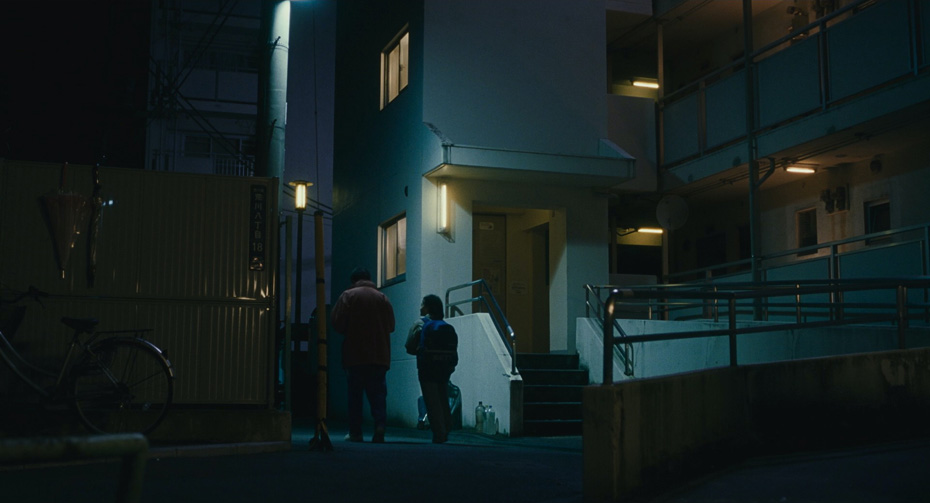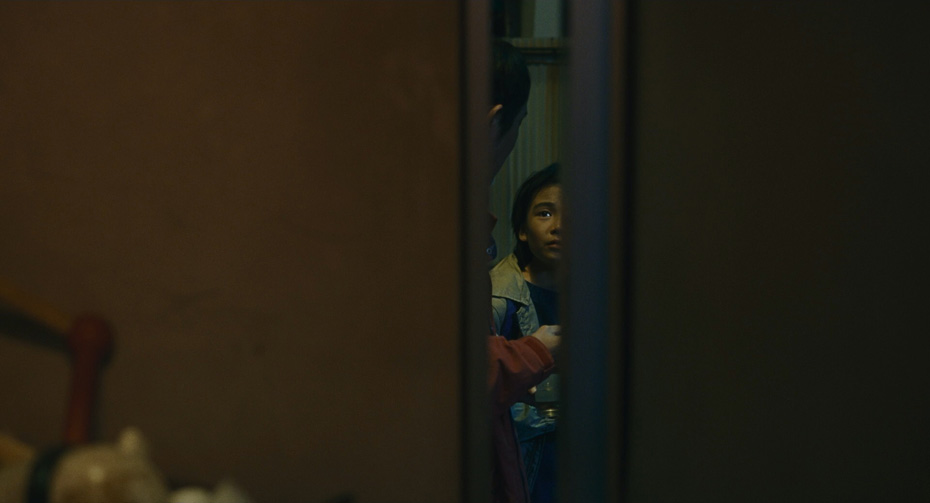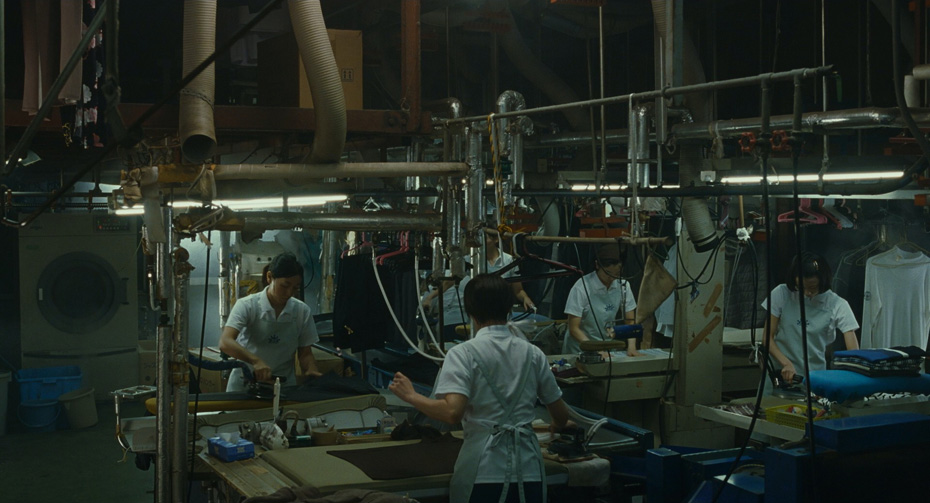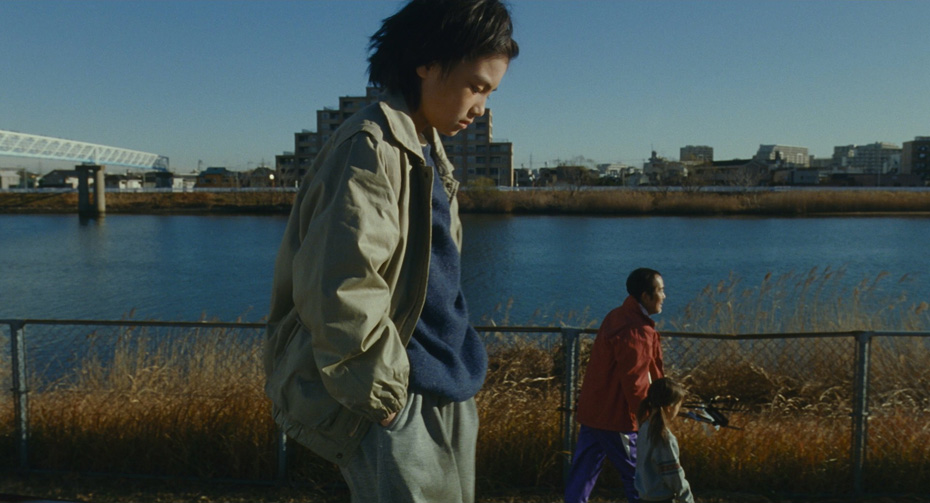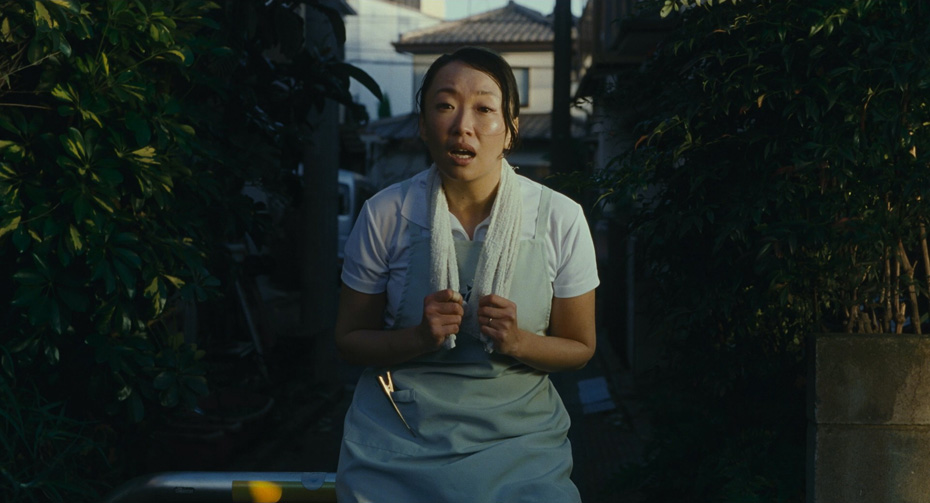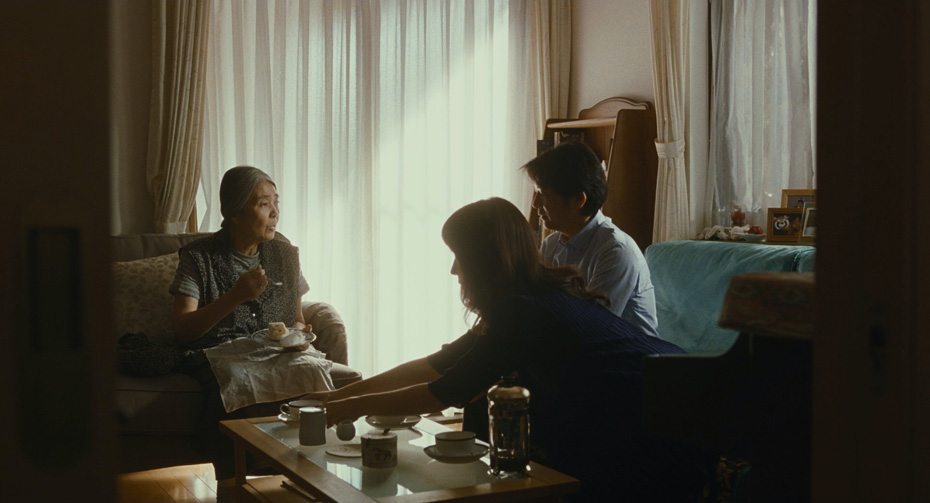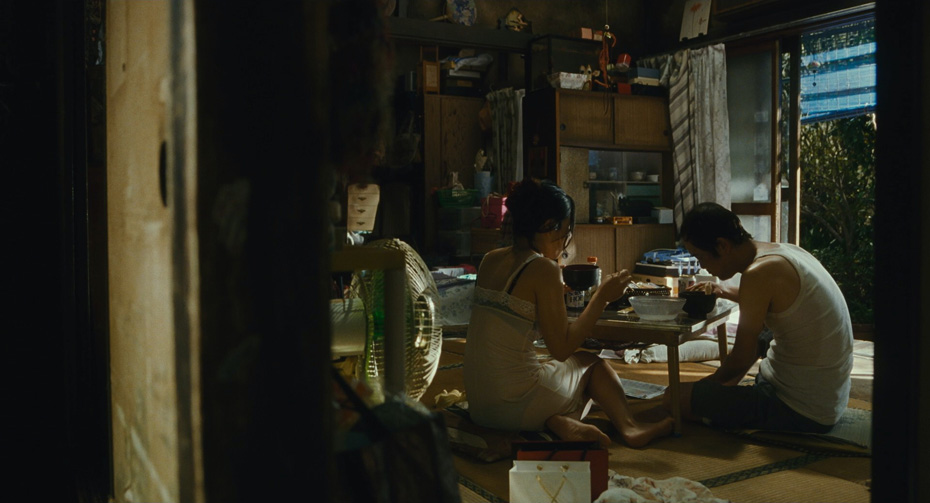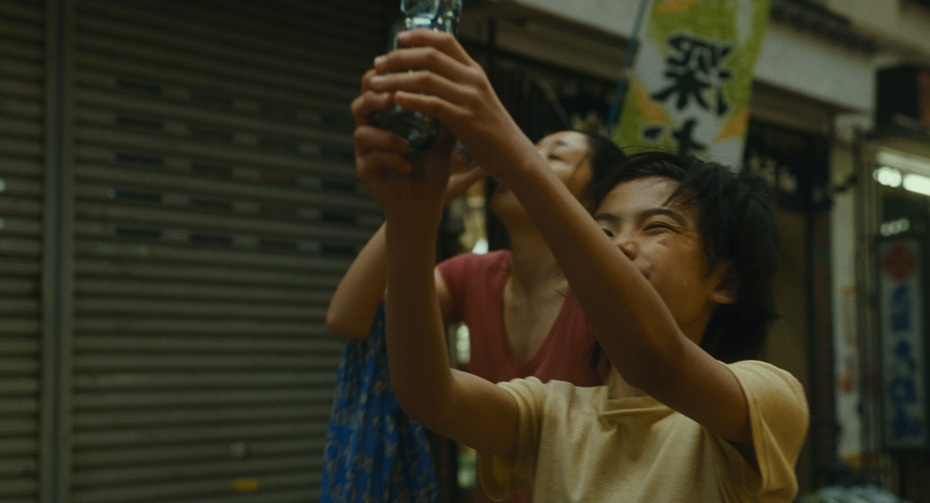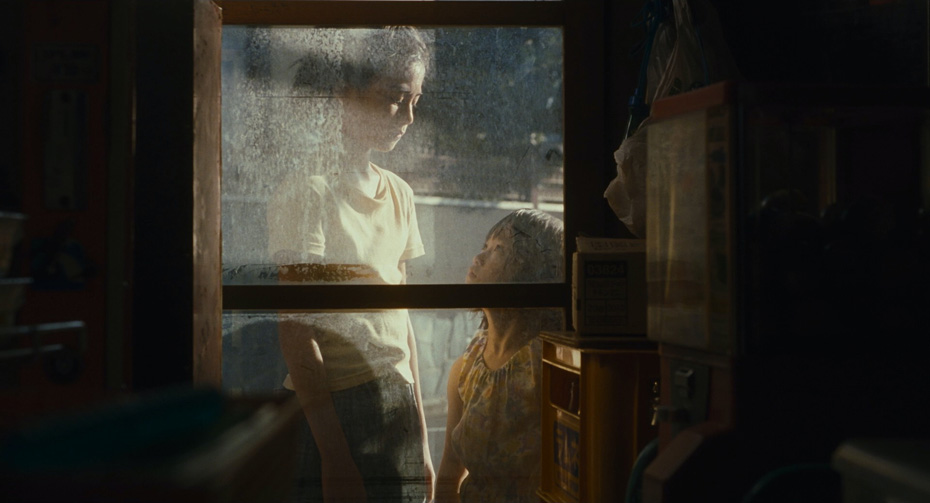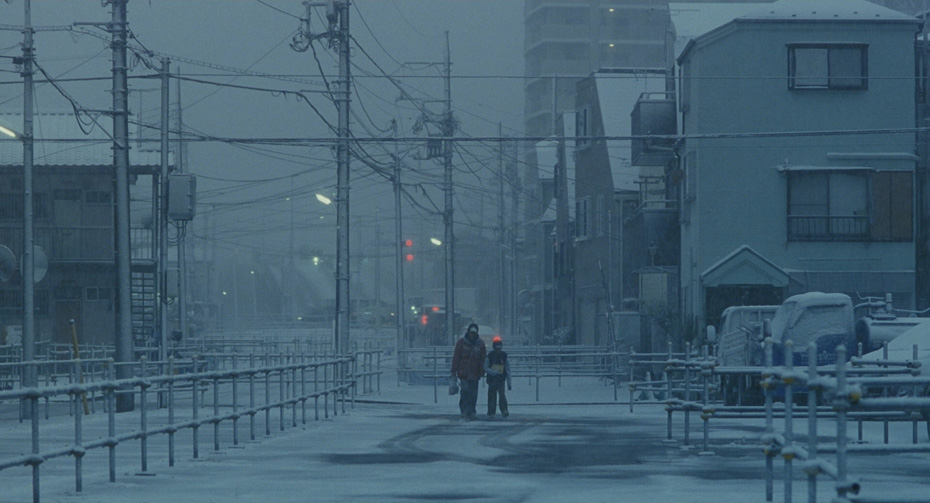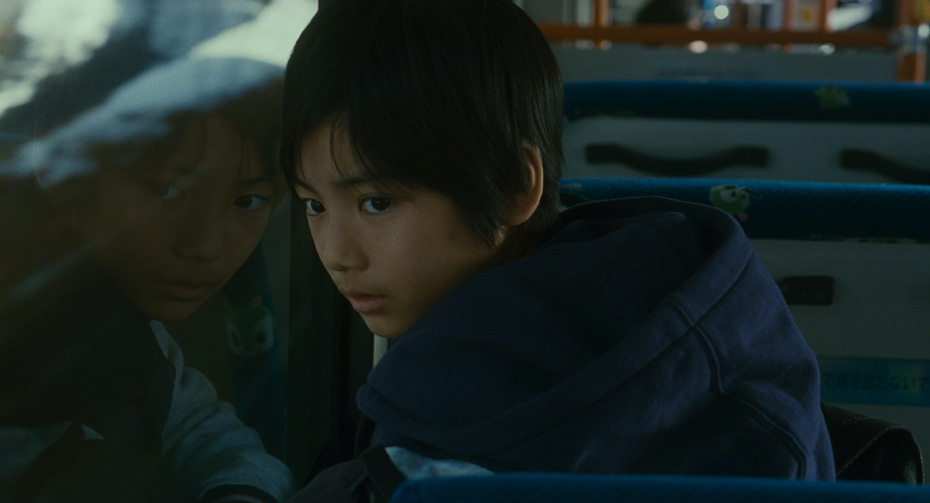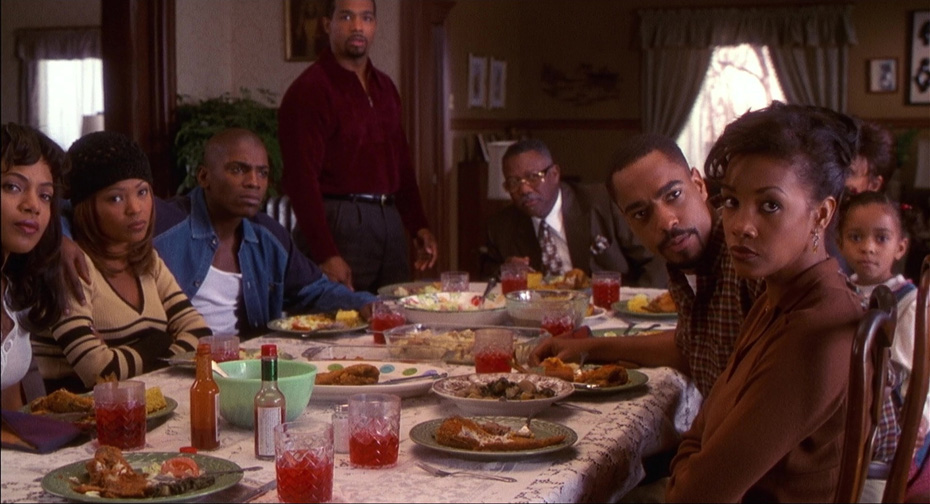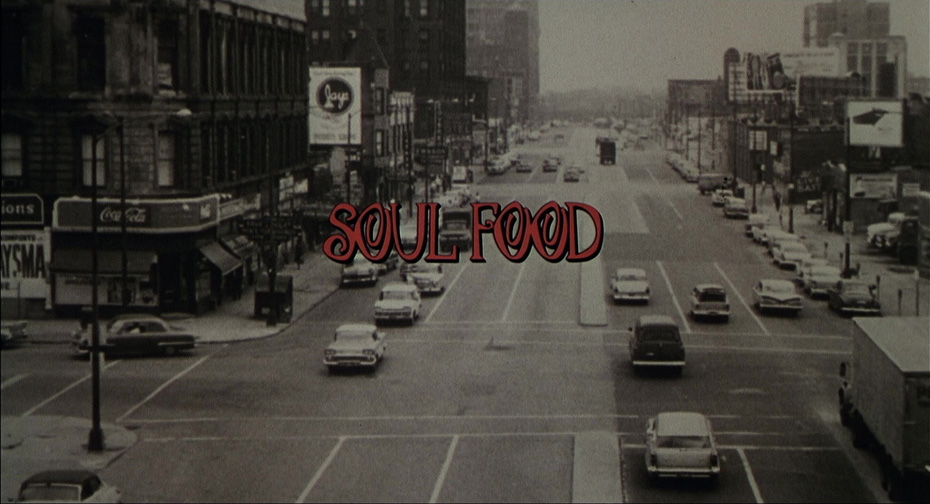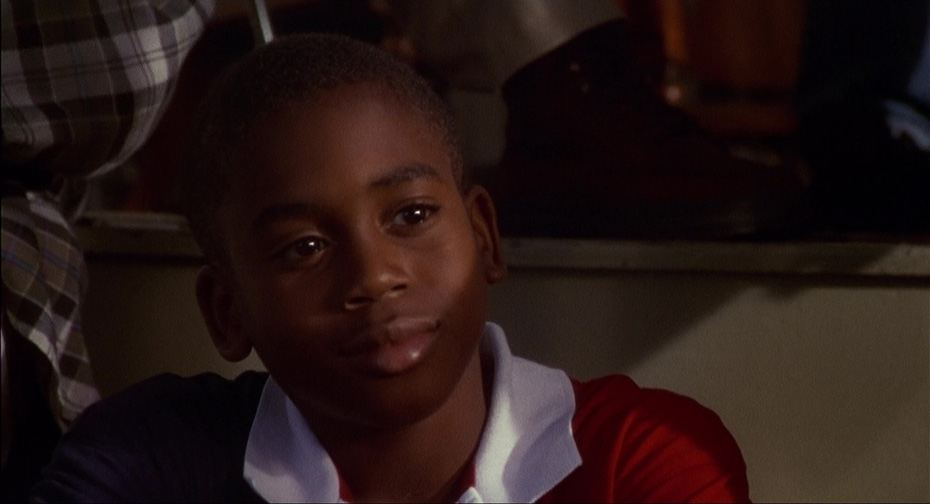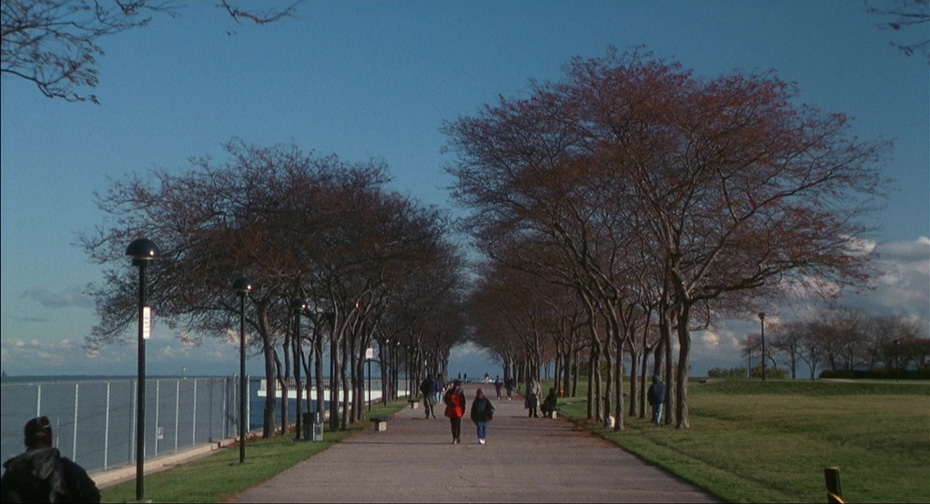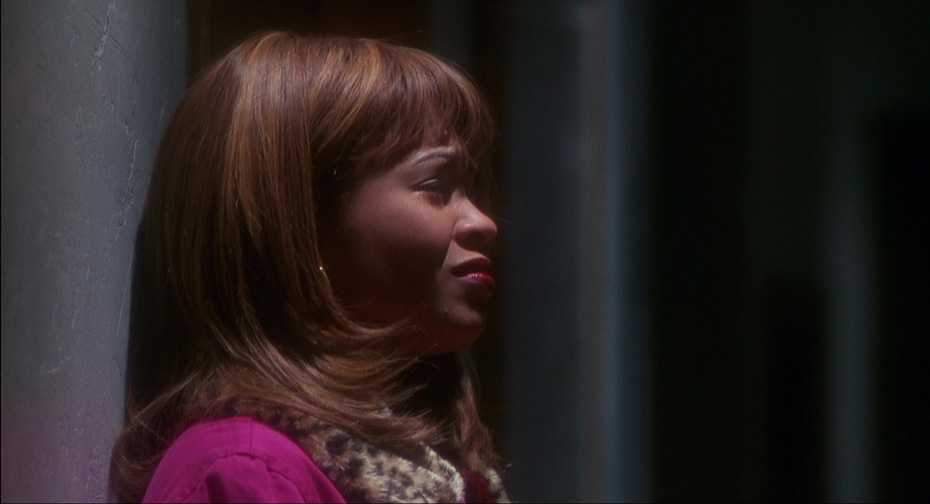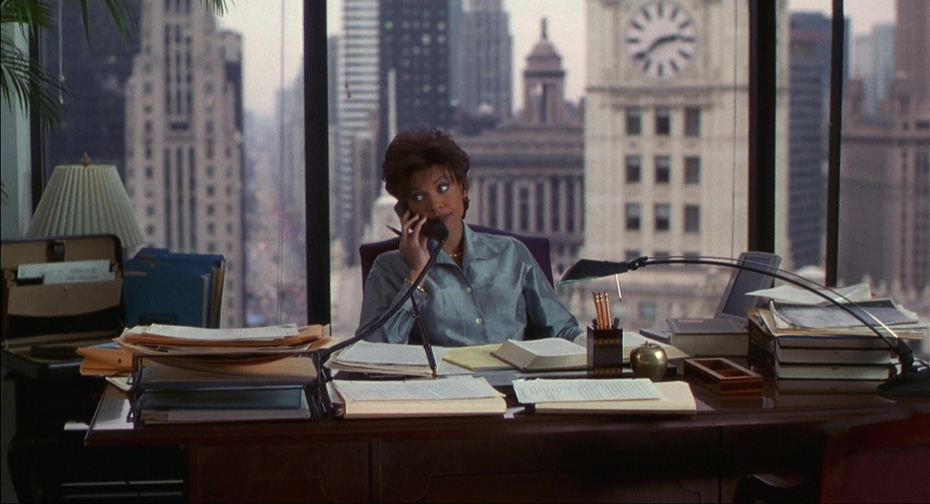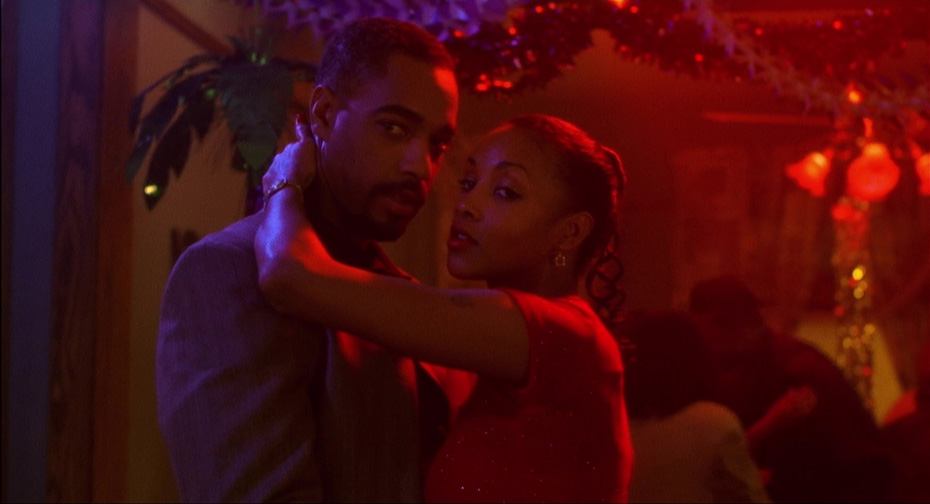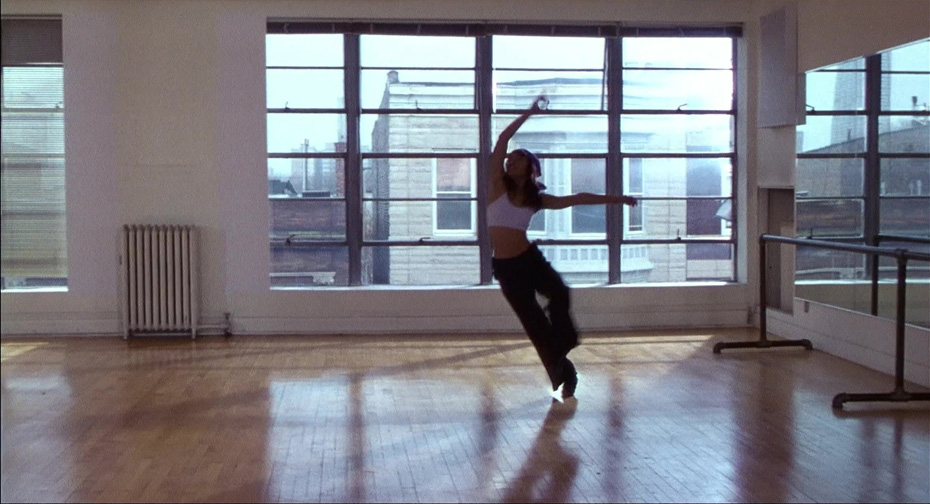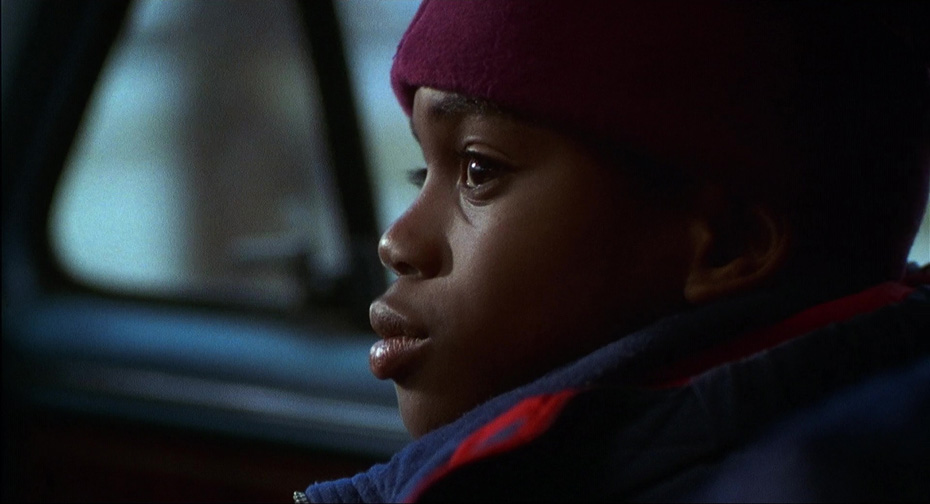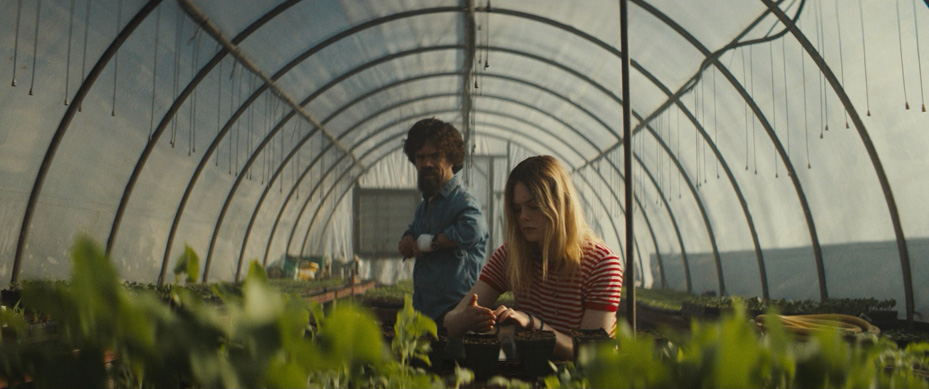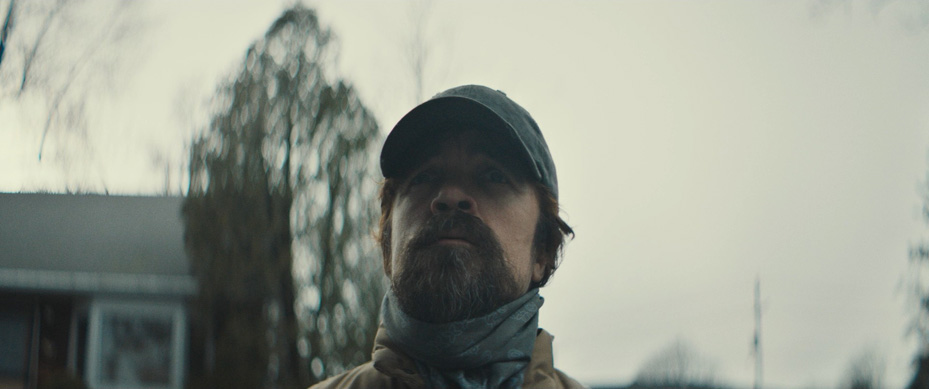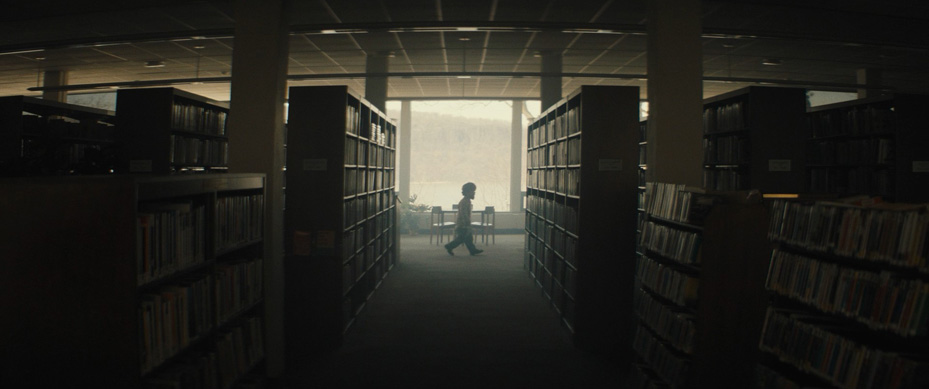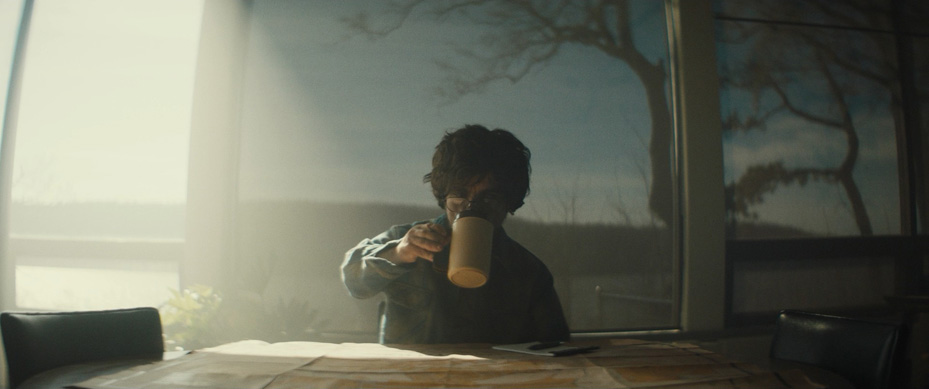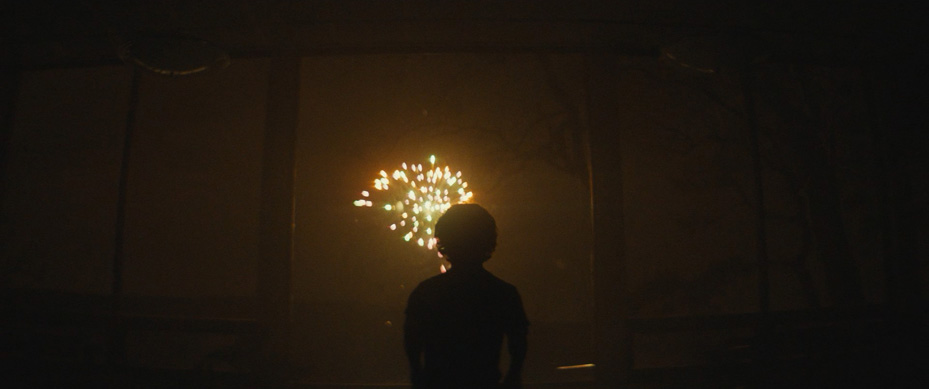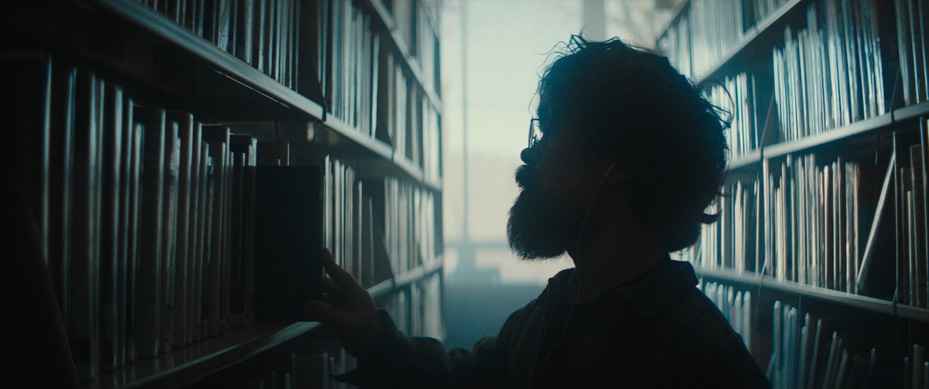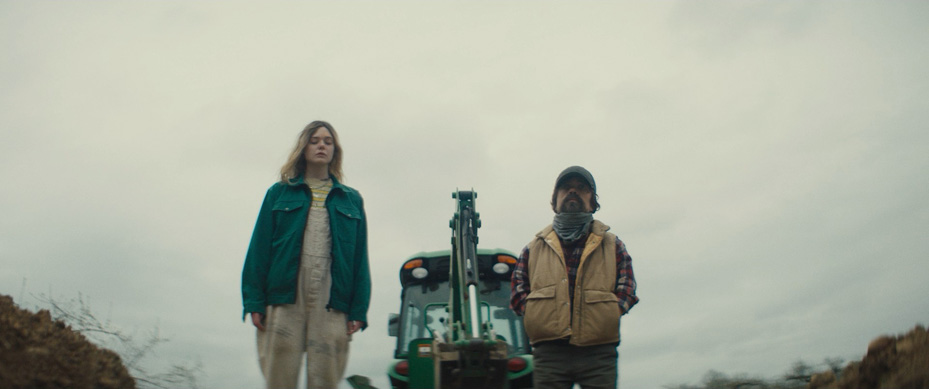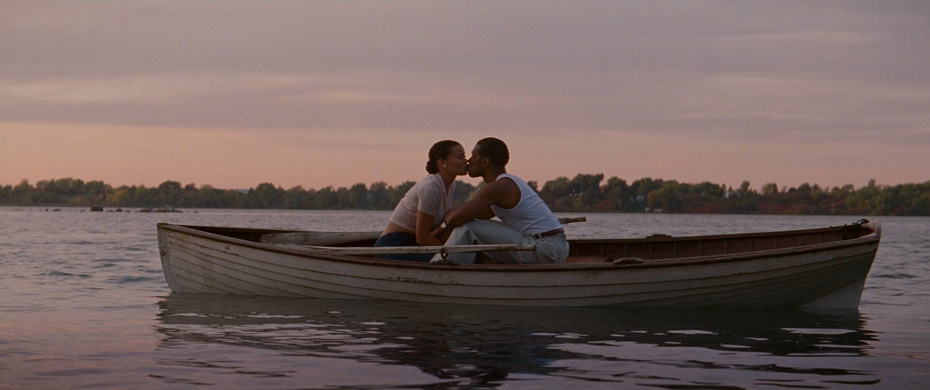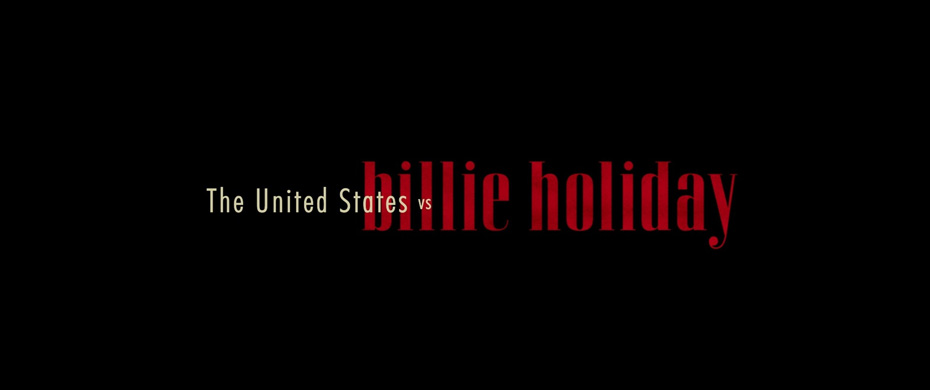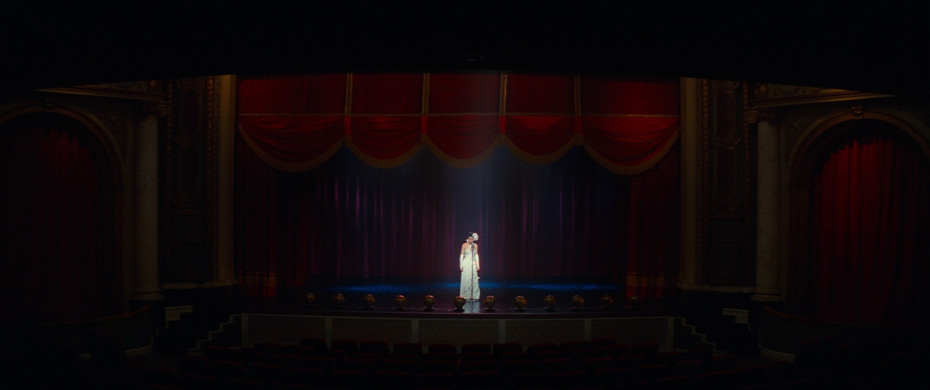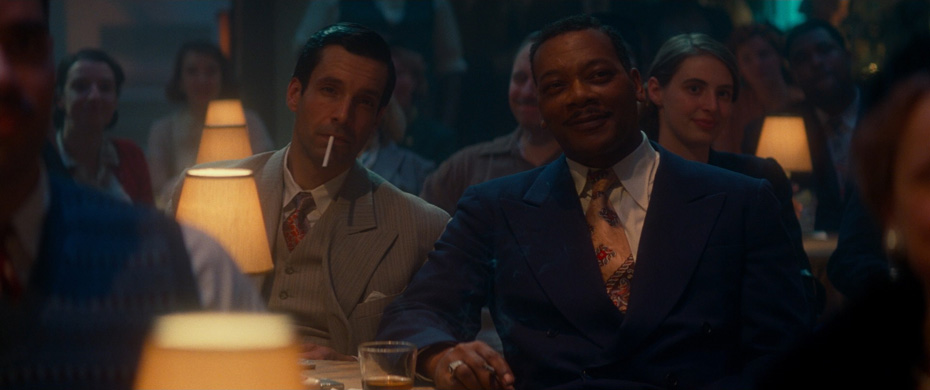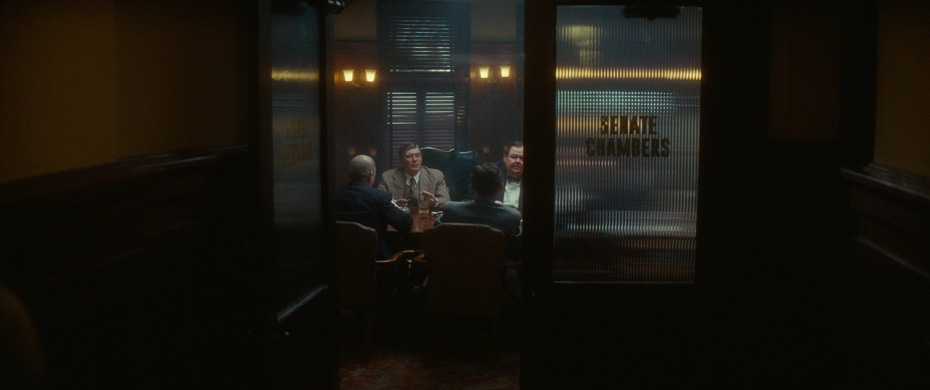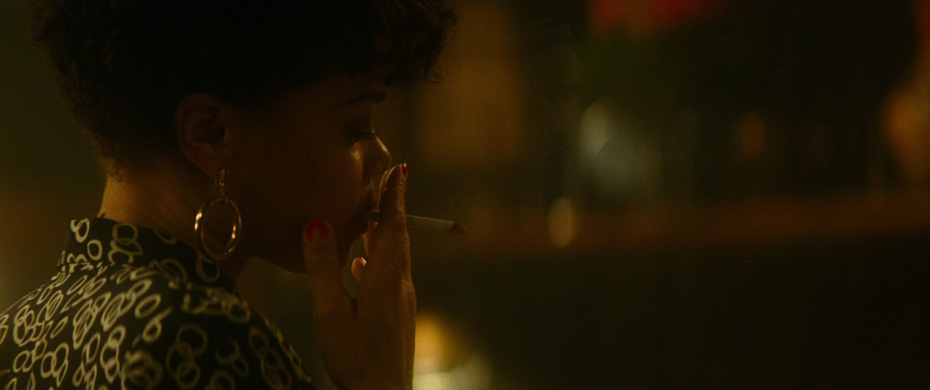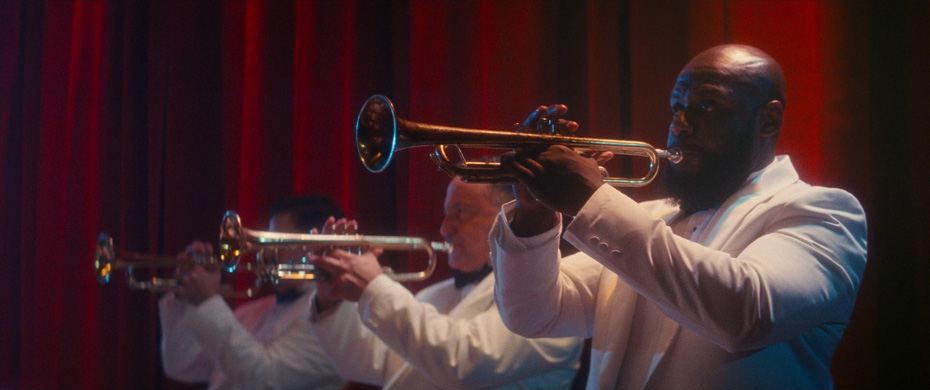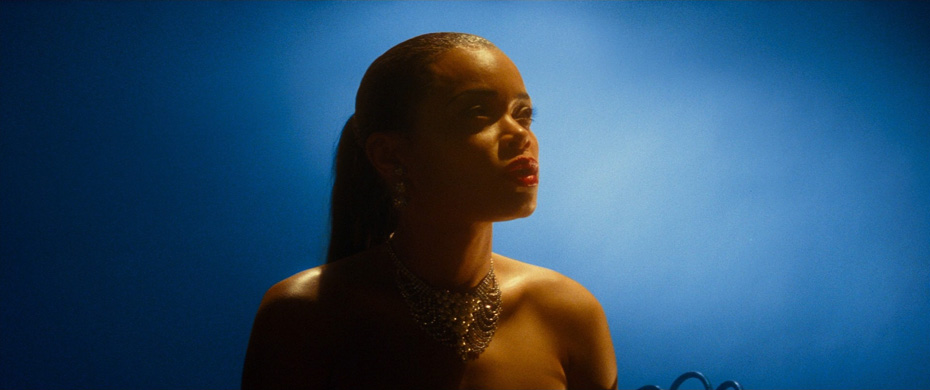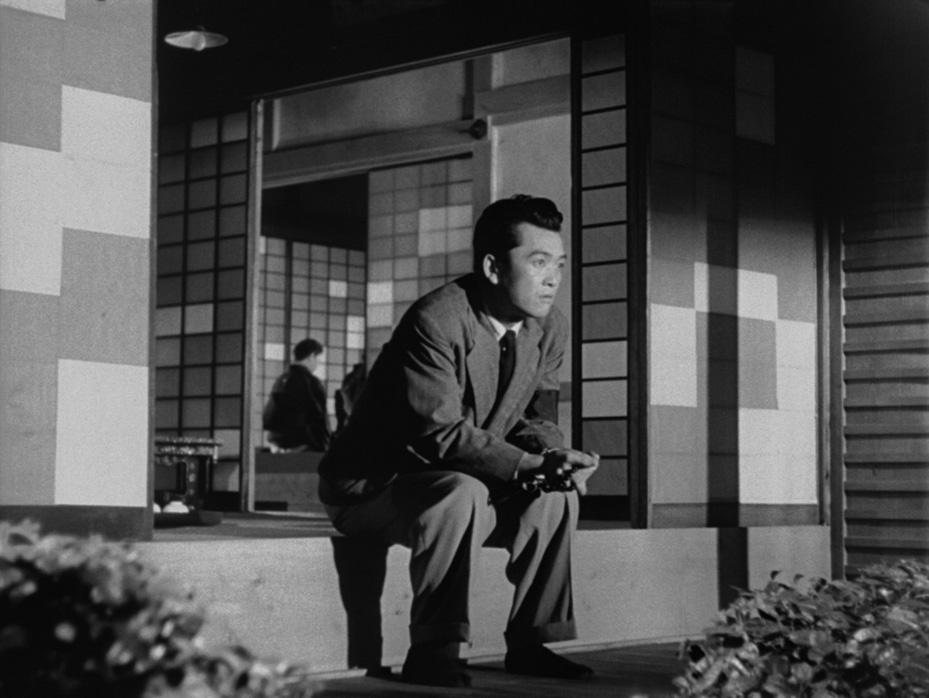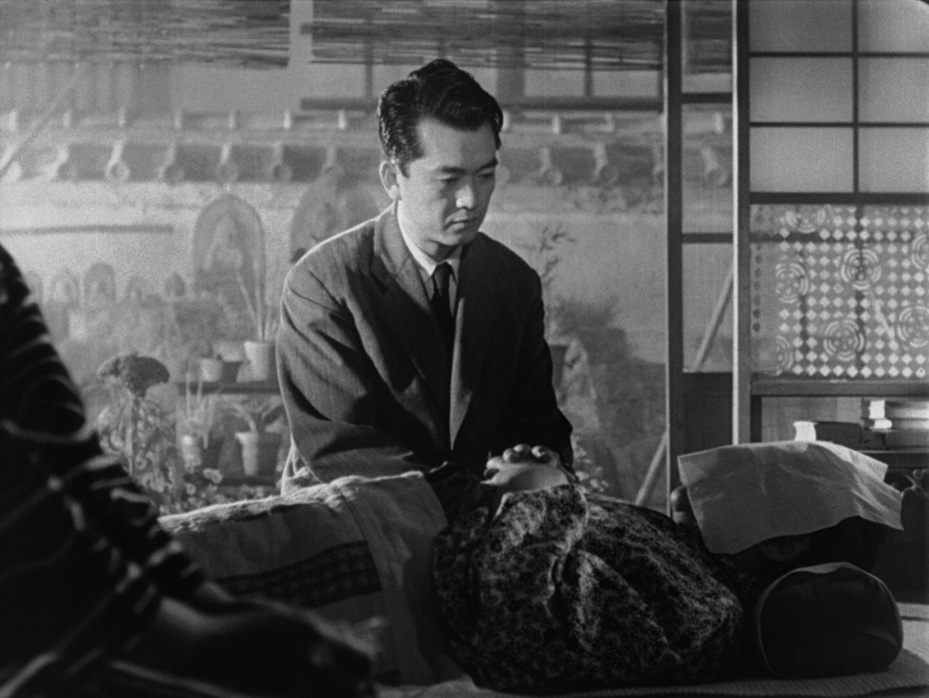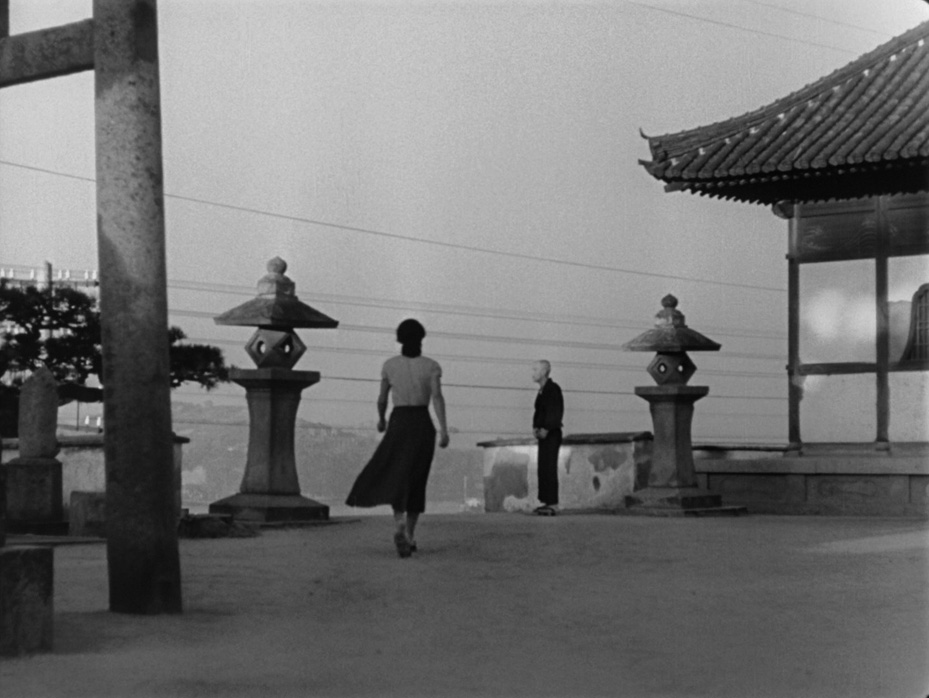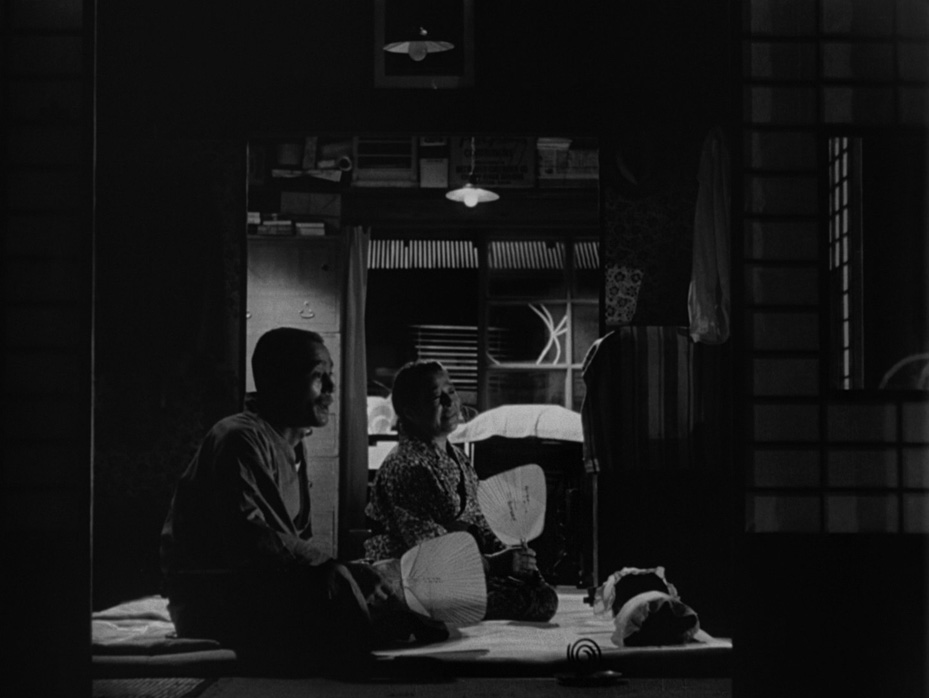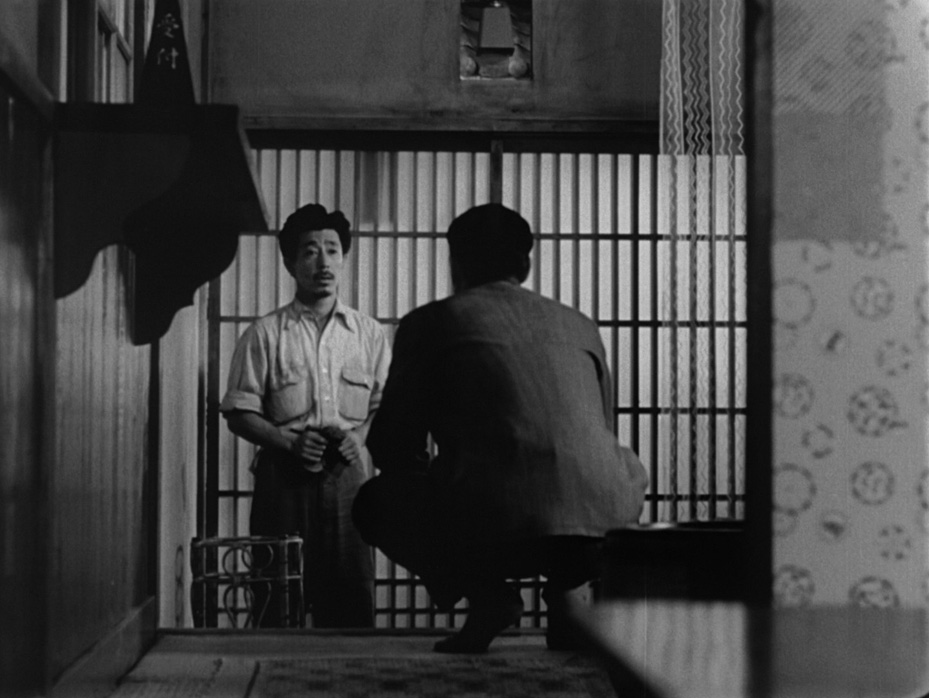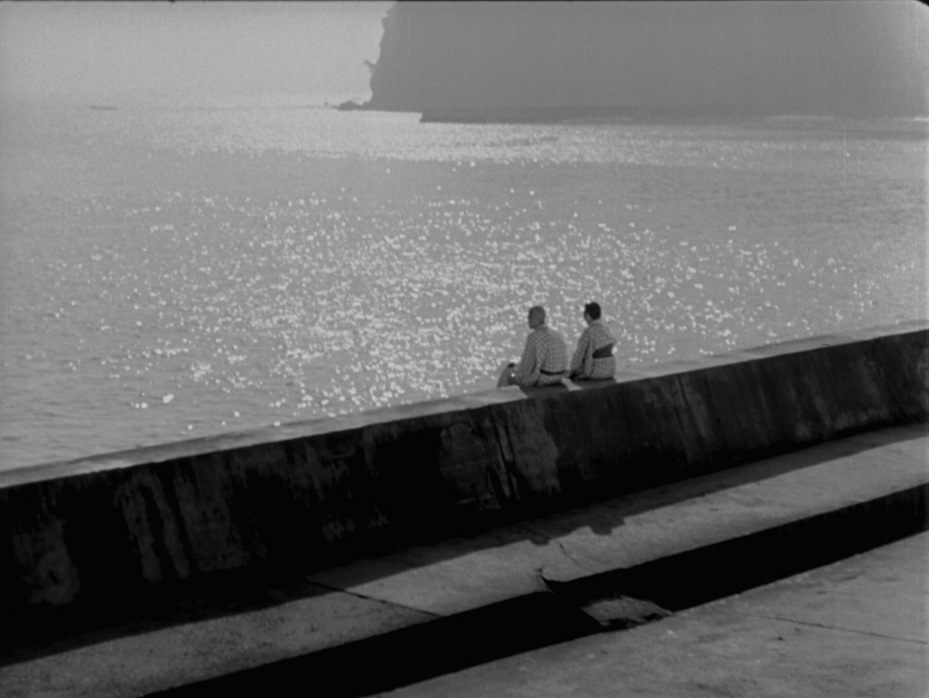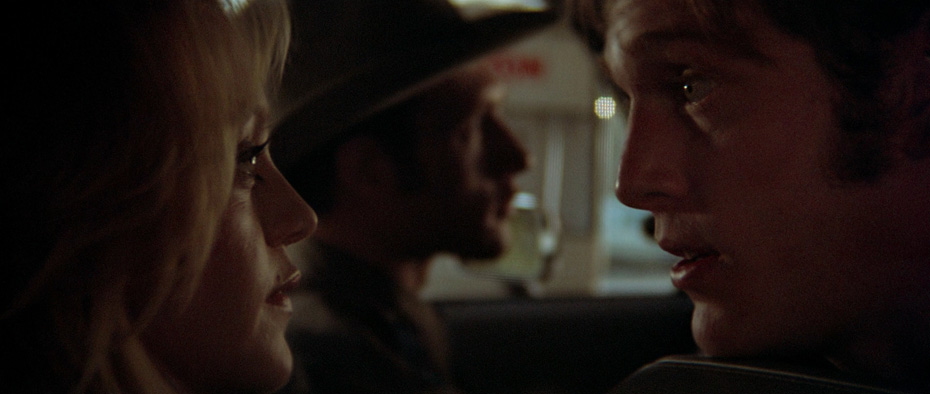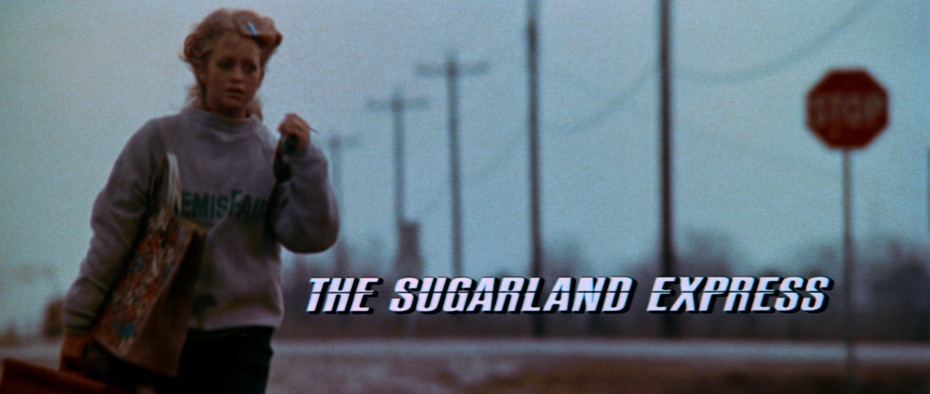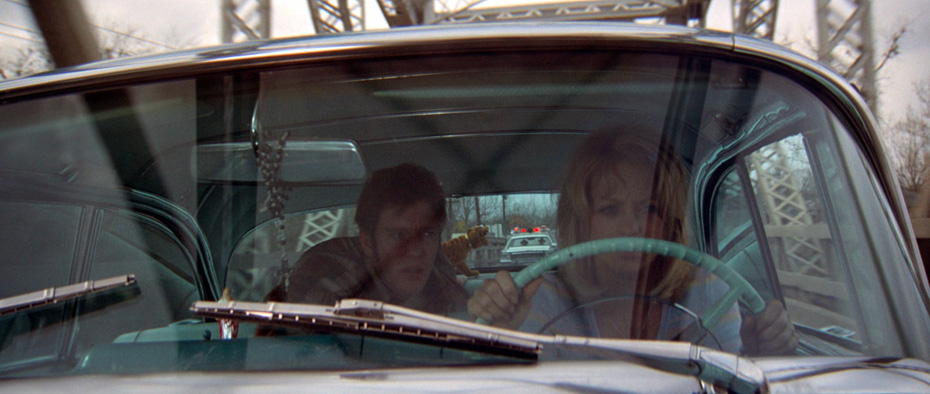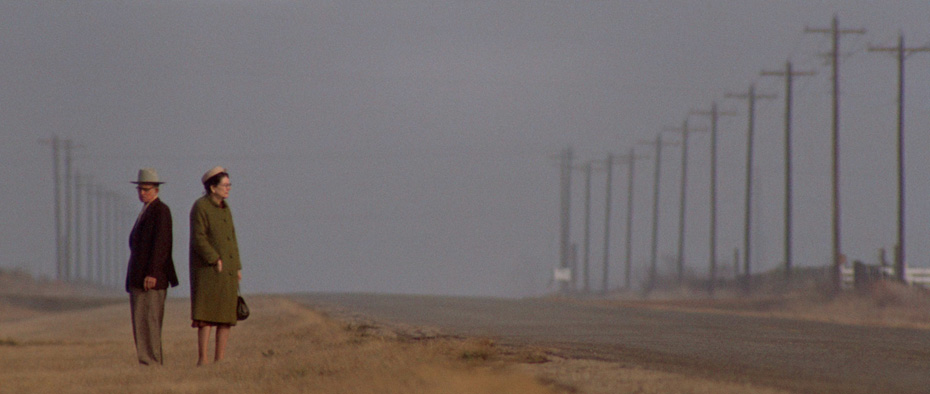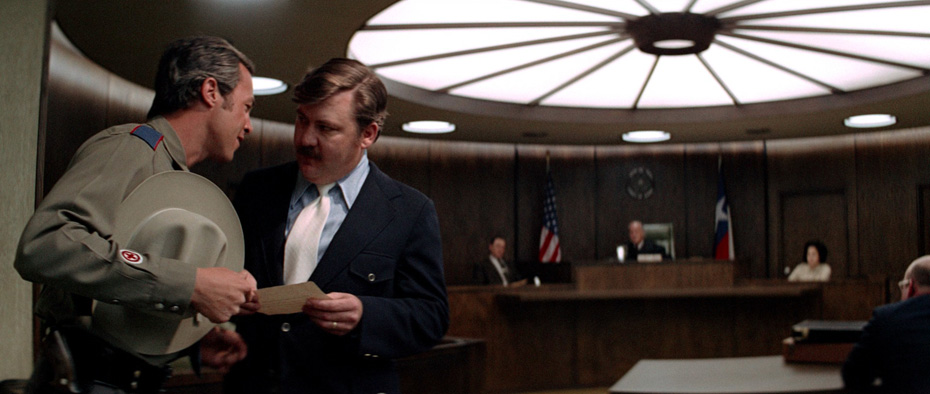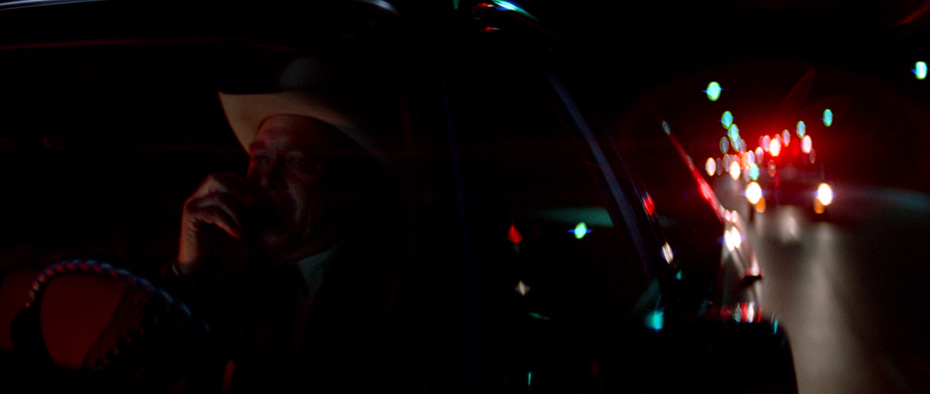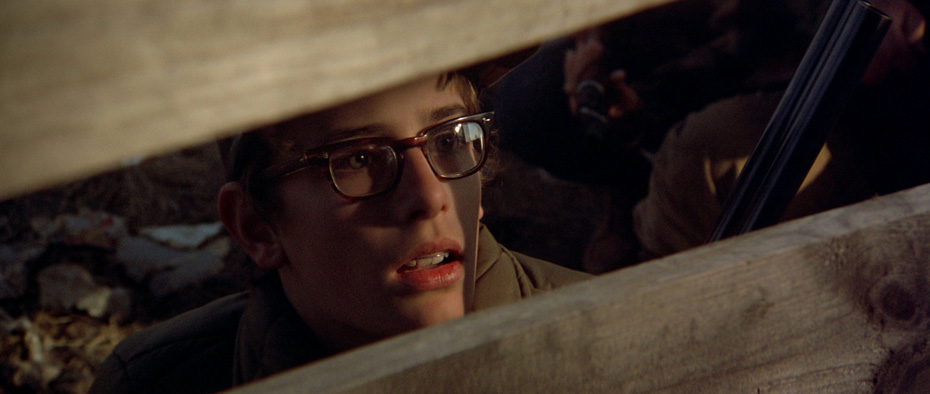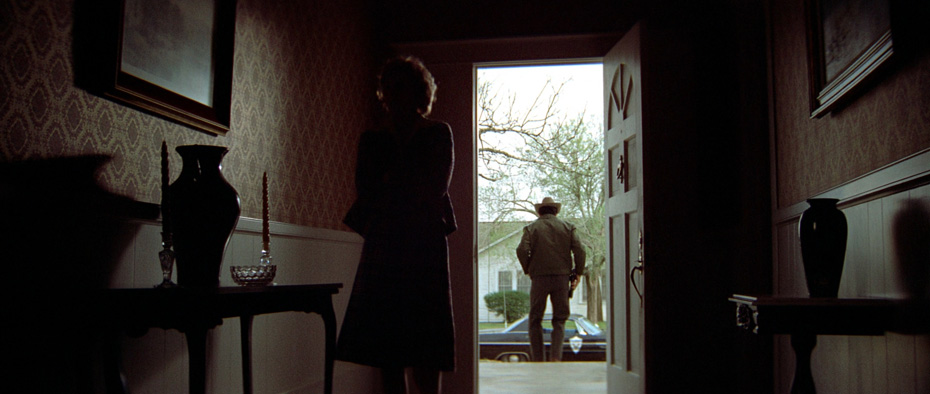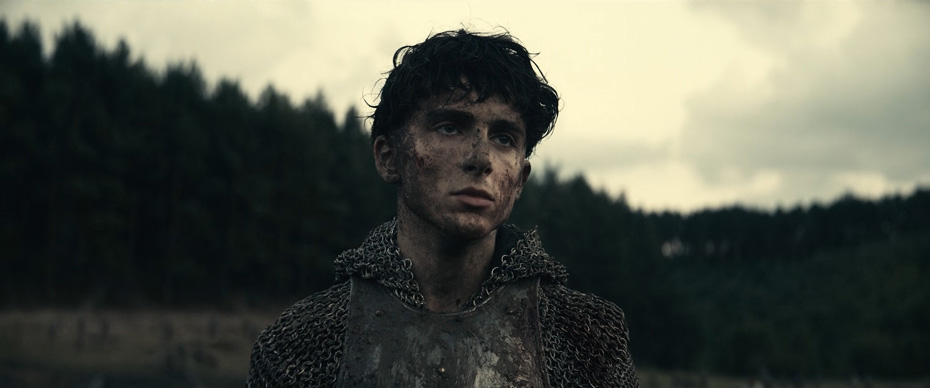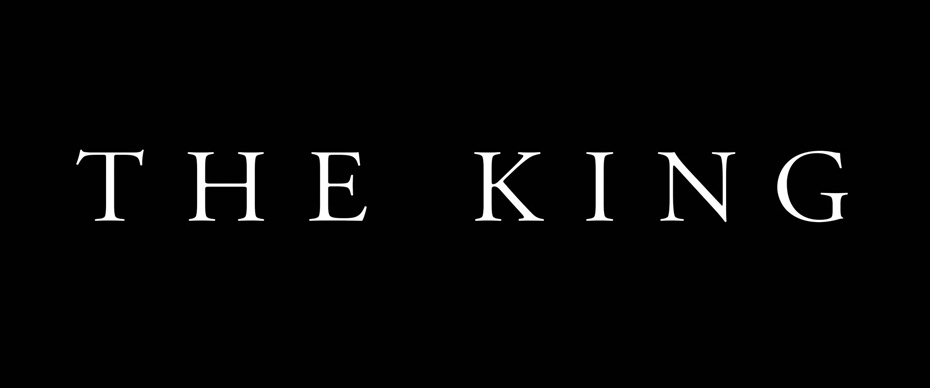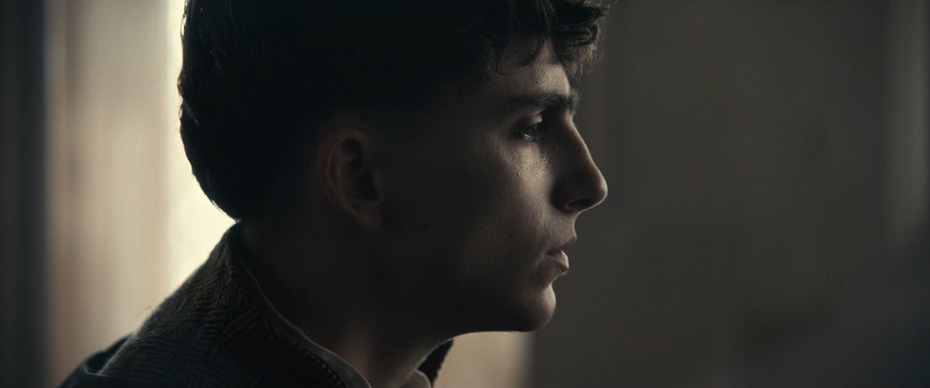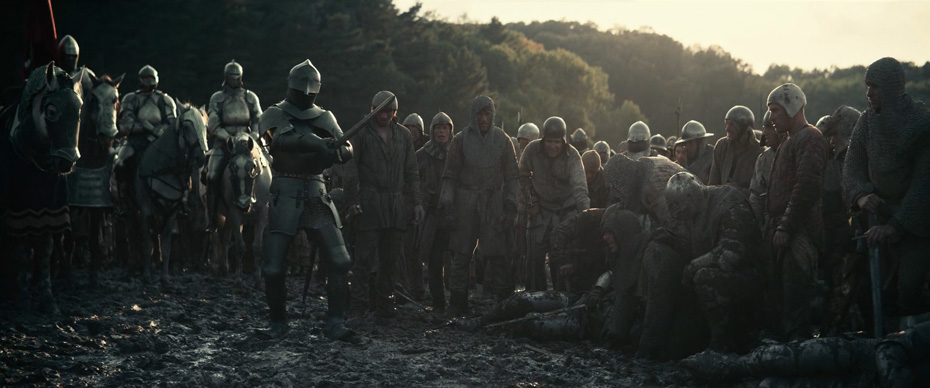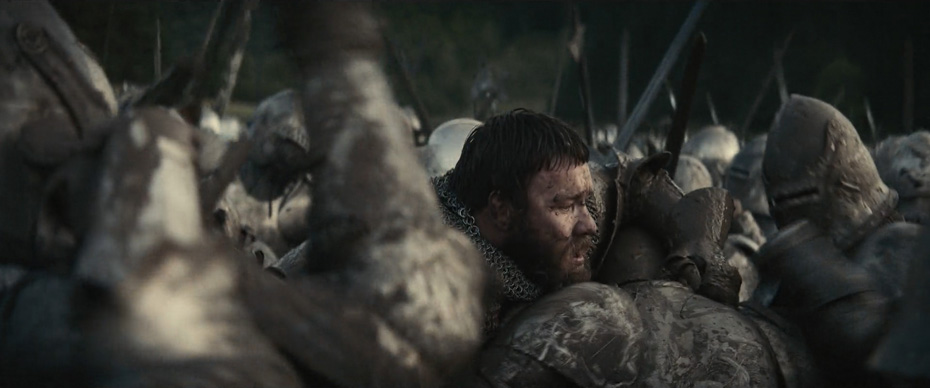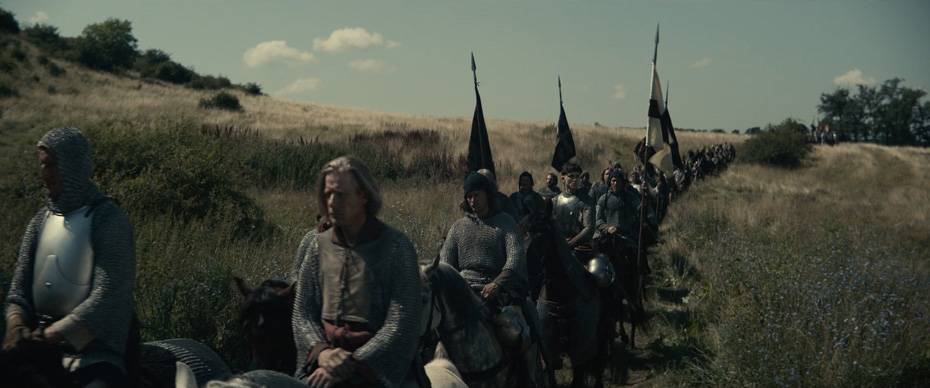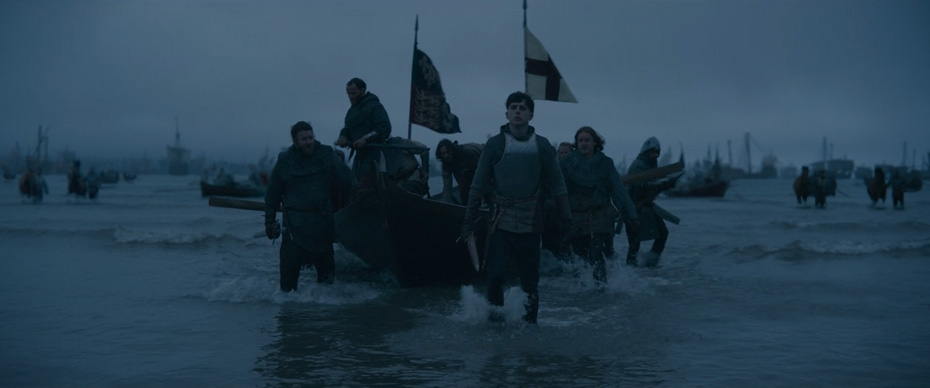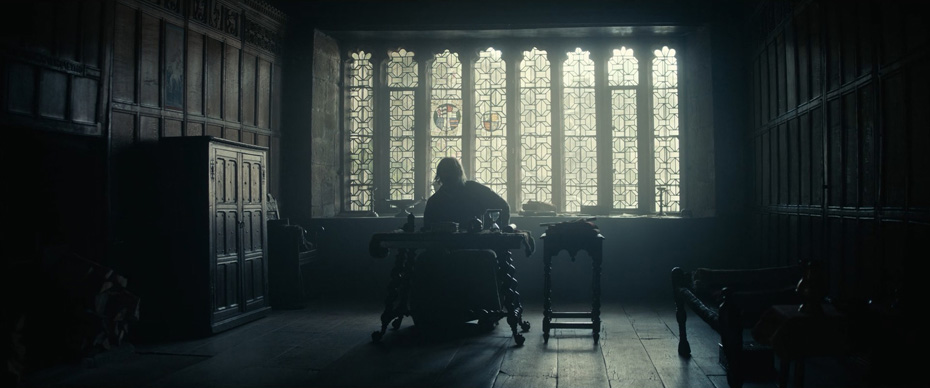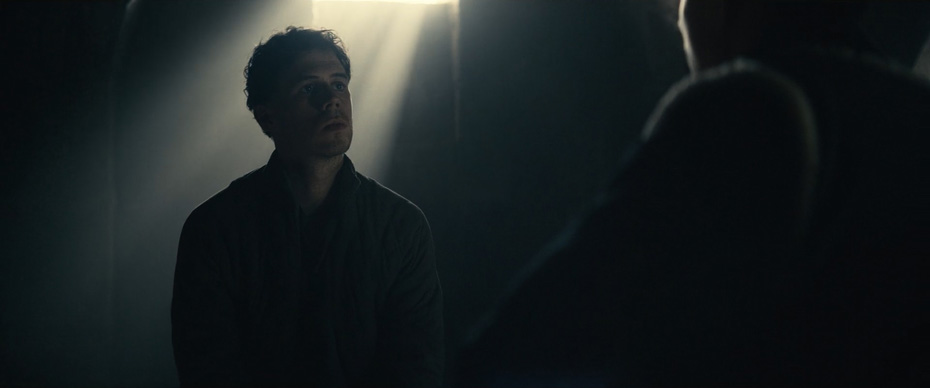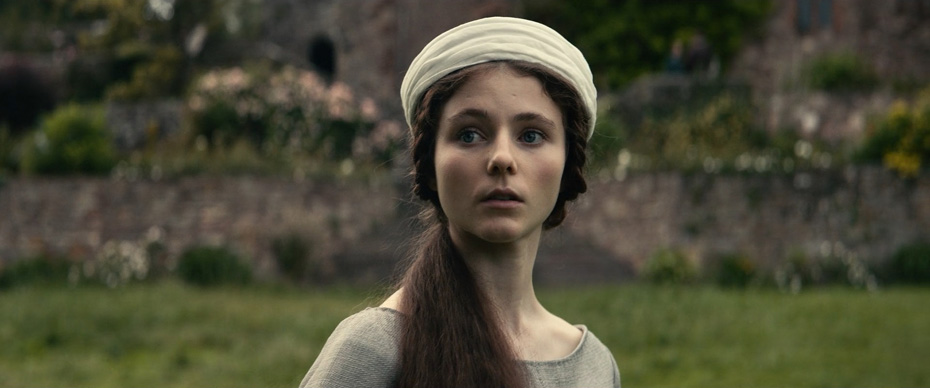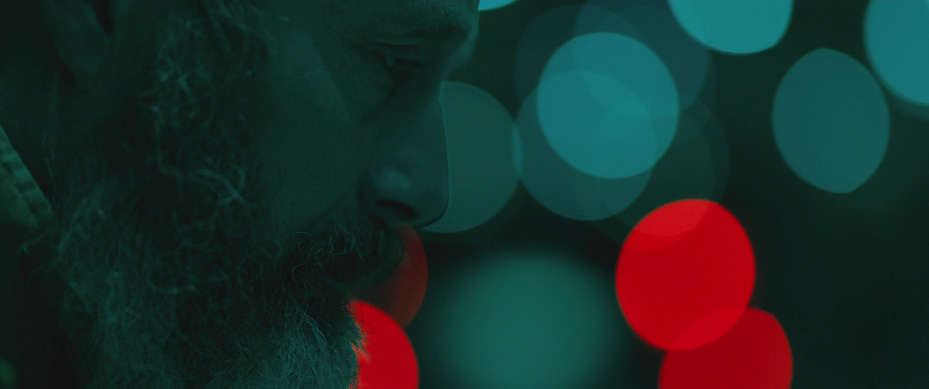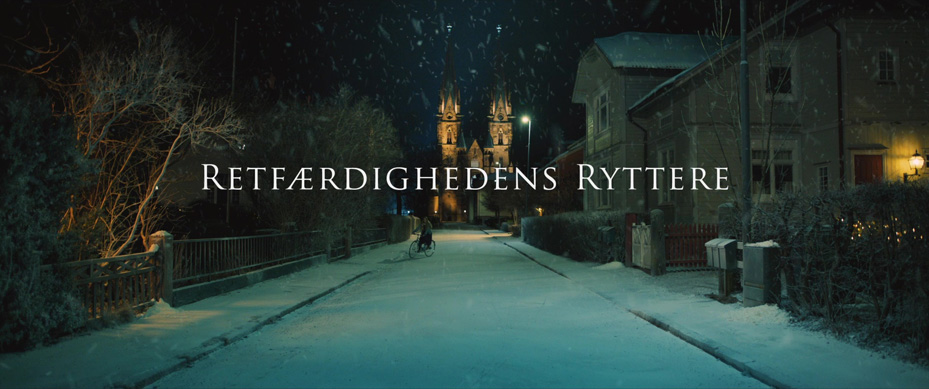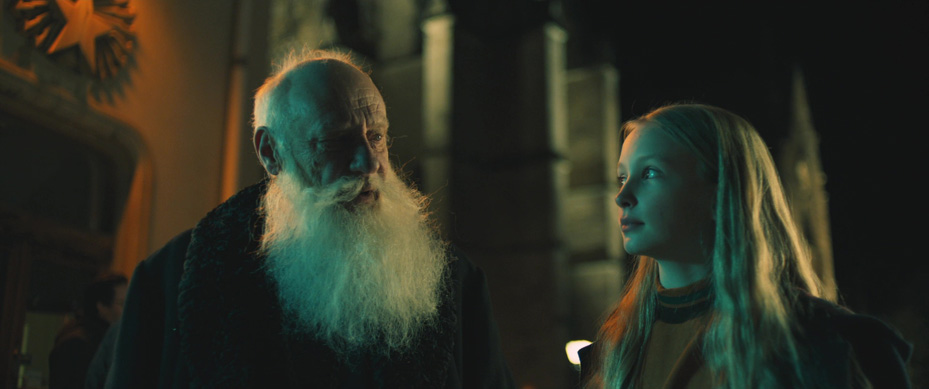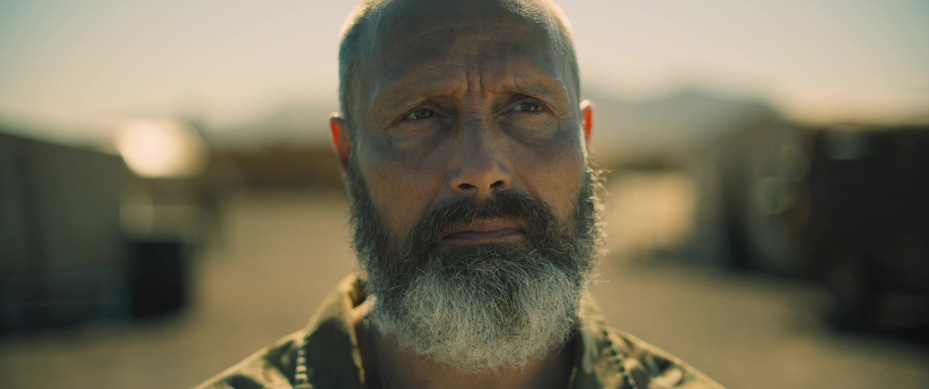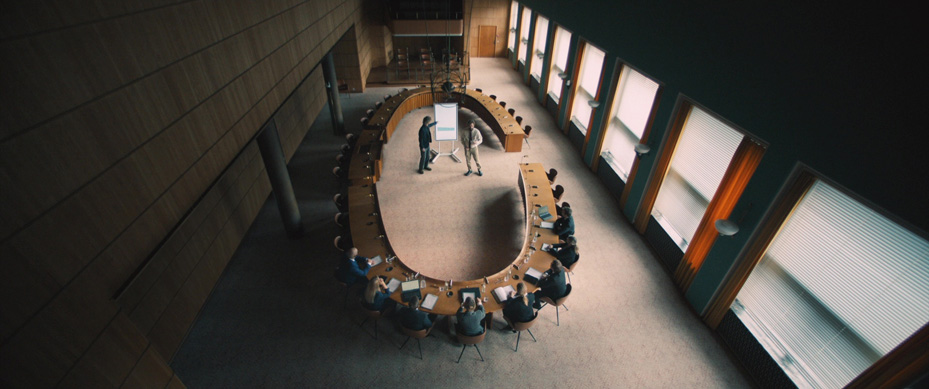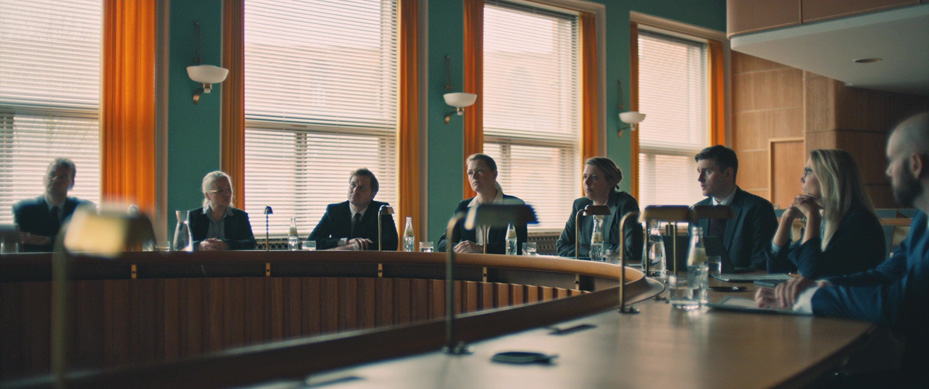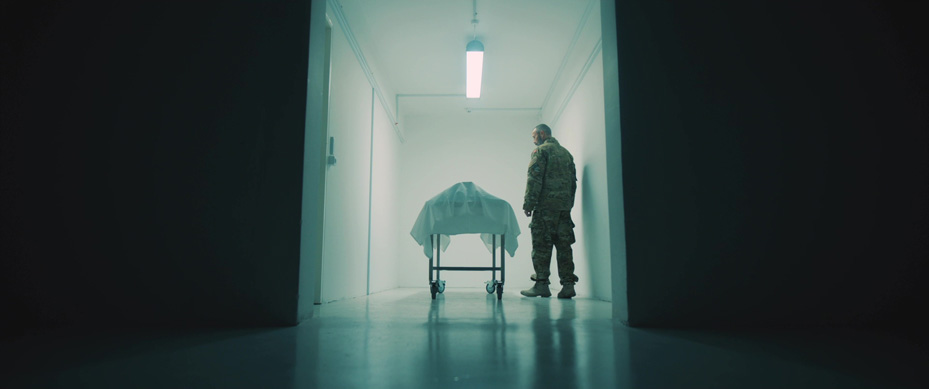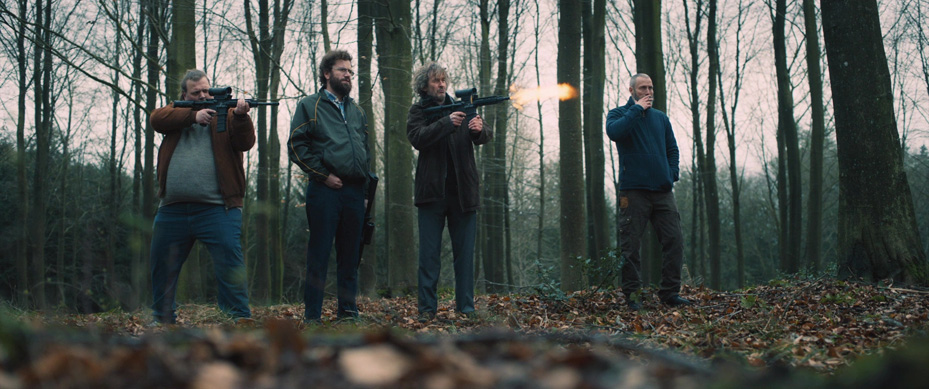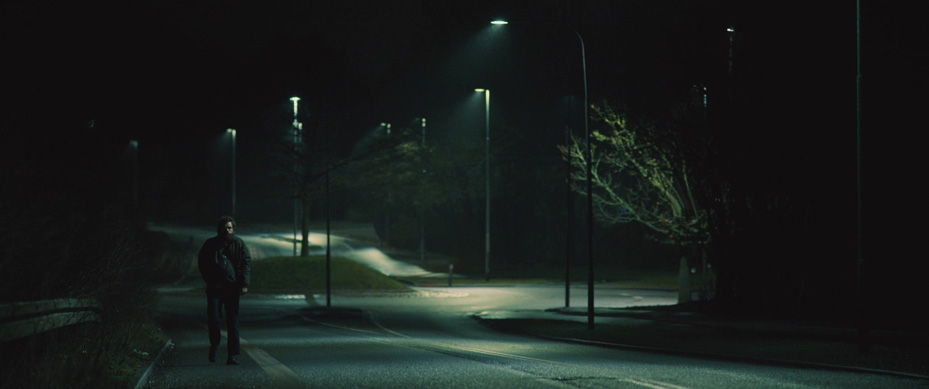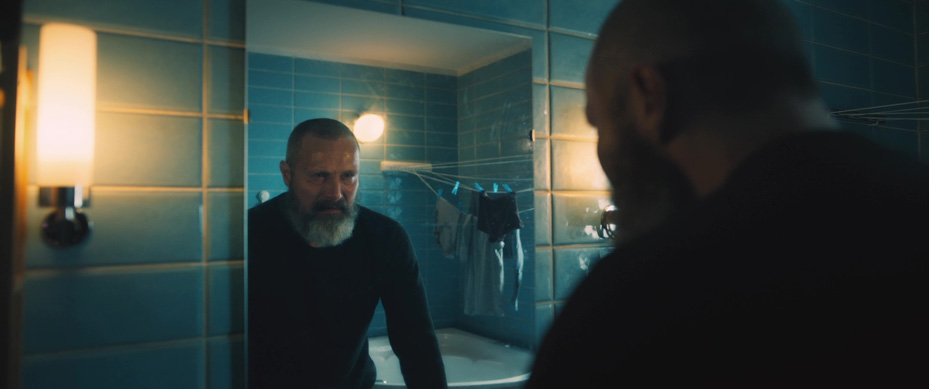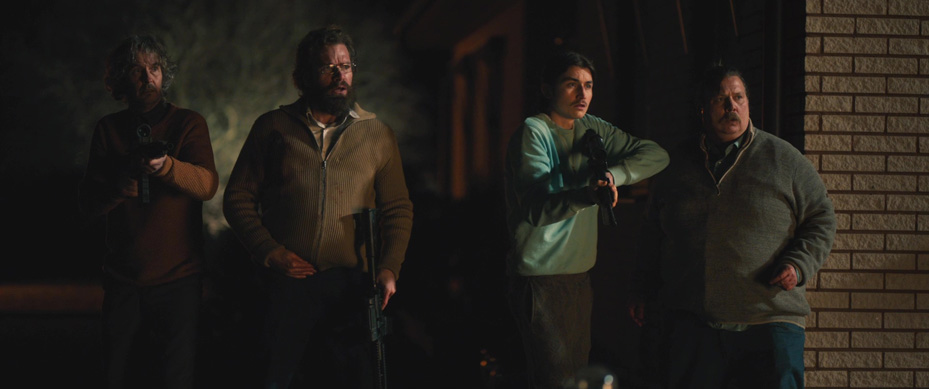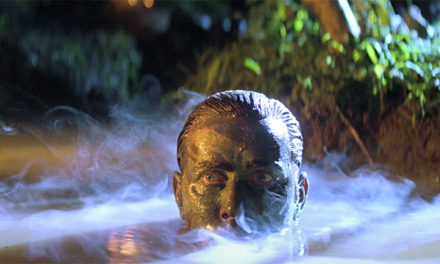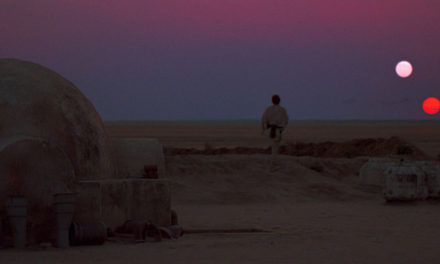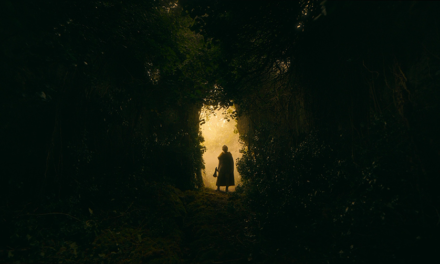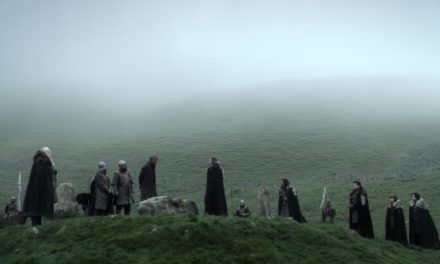THE TUESDAY DROP: 4800+ New Shots
08.02.22 Get your Decks ready ShotDeck Team! We’re adding 15 titles this week, including over 900 shots from Everything Everywhere All At Once. Check them out below, and remember you can always request films for future drops by clicking here!
Daniels’s (Daniel Kwan and Daniel Scheinert) second feature film, EVERYTHING EVERYWHERE ALL AT ONCE, is a 2022 American absurdist comedy-drama starring Michelle Yeoh as Evelyn, a Chinese-American woman being audited by the IRS who discovers that she must connect with parallel universe versions of herself to prevent a powerful being from bringing about the destruction of the multiverse. The film also stars Stephanie Hsu, Ke Huy Quan, Jenny Slate, Harry Shum Jr., James Hong and Jamie Lee Curtis. Everything Everywhere All At Once premiered at the 2022 South by Southwest festival. Daniels worked on the film with American cinematographer Larkin Seiple, who had previously collaborated with them on project such as the short film Interesting Ball, the music video Turn Down for What, and their first feature Swiss Army Man.
Seiple and Daniels wanted to give each universe in the film its own unique look and feel, while keeping everything within a unified visual language. Seiple shot the entire film using the Arri Alexa Mini, and after establishing what the “normal” universe looked like, went about designing lighting and lensing strategies to convey the other ones, each based on a series of core film and artistic references. For the “action verse”, where Ke becomes a martial arts star, Seiple used anamorphic lenses, mimicking the look of classic 90s action films like Die Hard. The “Hot Dog Verse” was inspired by The Sound of Music, and was shot on Baltars using entirely hard light sources. The “Wong Kar-wai Verse” had a much more saturated look, mimicking the look of In the Mood for Love, and pushing things slightly further. Seiple’s most complicated lighting setup was in the IRS office, and he worked closely with production designer Jason Kisvarday (who built the set using cardboard and construction paper) to build a lighting setup that could serve the story in both the normal universe as well as when Evelyn was discovering the multiverse and where Jobu Tupaki (Hsu) was flexing her powers. Seiple and the lighting team used Titan tubes, which are wireless LED fluorescents, and carefully programmed them to flicker and change colors depending on the scene they were shooting.
MELANCHOLIA (2011)
Lars von Trier’s 2011 apocalyptic drama art film, MELANCHOLIA, stars Kirsten Dunst and Charlotte Gainsbourg as two sisters coping with depression and a failed marriage respectively, as a planet hurtles towards a collision course with Earth. Alexander and Stellan Skarsgård, Charlotte Rampling and Kiefer Sutherland also star. Melancholia premiered at the Cannes Film Festival, where Dunst was awarded the Best Actress award. Von Trier worked on the film with Chilean-Danish cinematographer Manuel Alberto Claro, who has gone on to work on his future films.
Claro could see from the script that Melancholia was designed to be a very visually striking film, and his primary conversations with von Trier were about how to create a visual language that remained close to the emotional journey of the characters, and not become cold because of its focus on the aesthetic beauty of each shot. Shooting with Arri Alexa and Phantom cameras, they settled on an aesthetic that brought together highly stylized moments that were romantic and grand, sometimes recreating paintings (such as the image of Dunst’s character in the water, a callback to a pre-Raphaelite painting by Milais called Ophelia), as well as moments of docu-drama, hand-held camerawork that almost ignored the beautiful scenery around the characters. Von Trier and Claro had a process where von Trier would often operate the first one or two takes of most shots, and then let Claro take over, and the pair worked with a combinations of scenes that were very closely storyboarded, and some that were more open, with von Trier maintaining his approach with the actors from previous films where there were no rehearsals before scenes were filmed.
YI YI (2000)
Edward Yang’s 2000 Taiwanese drama YI YI follows the lives of the Jian family from the alternating perspectives of three family members: the father, N.J. (Nien-Jen Wu), the teenage daughter Ting-Ting (Elaine Jin) and the young son Yang-Yang (Issei Ogata). The title of the film translates roughly to “A One and a Two”. Yi Yi premiered at the 2000 Cannes Film Festival, where Yang won the Best Director award. The film has grown to become considered a masterpiece of Taiwanese cinema, and one of the most significant films of the 21st century. Yang worked on the film with Taiwanese cinematographer Wei-han Yang, whose work also includes The Moon Also Rises and Taipei Story.
Yang and Yang approached the visual language of Yi Yi with a minimalistic, austere approach to camerawork, frequently employing static wide shots that allow the action to take place in the frame. With close collaborations between the camera, locations and production design departments, the shots allowed the visual beauty of the story to sing, and for the minutiae of the character’s movements to resonate. In trying to bring the audience into the experience of the sting of absence at the heart of each character’s experience, Yang’s cinematography developed a motif that came to become iconic – Yang-Yang’s back-of-the-head photographs.
RED ROCKET (2021)
RED ROCKET is a 2021 dark comedy drama directed by Sean Baker from a screenplay he co-wrote with Chris Bergoch. The film stars Simon Rex, Bree Elrod and Suzanna Son, and follows Mikey Saber (Rex), a charismatic con man and washed-up porn star, who plots his return to the big-time of porn after returning to his hometown in rural Texas and beginning a relationship with an adolescent girl (Son). Red Rocket premiered in competition for the Palme d’Or at the 2021 Cannes Film Festival. Baker worked on the film with American cinematographer Drew Daniels, who had worked on films such as It Comes at Night and Waves.
Daniels and Baker decided early on to shoot on 16mm film using an Arriflex 16SR3 camera which Baker bought. They decided to pair the camera with Panavision 1.44x Auto Panatar anamorphic lenses, which gave them an opportunity to aesthetically expand the possibilities of the 16mm format. With just 23 days and a crew of little over 10 people, the team had to be flexible and move fast throughout production. The lighting package was also small and pushed Daniels and the crew to find locations that reacted well with their tungsten film stock – full of fluorescents, sodium and mercury vapors, LEDs and flickering or TV lights. Baker and Daniels wanted the character of Strawberry (Son) to feel almost imaginary, and created a color palette for the film that featured reds and blues prominently, except for the scenes featuring Strawberry, where a more full color palette was used, giving the movie a feeling of being like a fable, in spite of its setting.
CHARM CITY KINGS (2020)
CHARM CITY KINGS is a 2020 drama directed by Angel Manuel Soto from a screenplay by Sherman Payne, based on the 2013 documentary 12 O’Clock Boys by Lofty Nathan. The film stars Jahi Di’Allo Winston as Mouse, a fourteen year-old who wants to join the Midnight Clique, a group of Baltimore direct bike riders. The film also stars Teyonah Parris, Will Catlett and Meek Mill. Charm City Kings had its world premiere at the 2020 Sundance Film Festival. Soto worked on Charm City Kings with American cinematographer Katelin Arizmendi. Arizmendi had previously worked as the cinematographer on films such as Sons of Mu Country and Swallow, and was the 2nd unit DP for Dune.
Soto asked the studio to hire Arizmendi as the DP for Charm City Kings despite being offered more experienced cinematographers, and the pair began their collaboration wanting to ensure that they captured the authenticity of the Baltimore dirt biking culture – and not create a glamorized Hollywood interpretation of 12 O’Clock Boys. Arizmendi and the crew spent time with Baltimore riders like Wheelie Wayne bringing them along for rides so that they could experience the rush of hitting twelve on a dirt bike, and incorporated this into the cinematic language of the film. Arizmendi chose to shoot the film using Panavision Ultra Speeds (some were de-tuned to increase the bloom and flares for some of the rides at night), and she created a lighting strategy that would allow for long takes and maximum flexibility as the camera roamed through spaces with the characters. Arizmedi and gaffer Russel Wicks often stuck lite tiles on the ceiling, hid Litemats in ceiling windows and pushed daylight with 18K units outside the front windows for interior shoots, while working closely with production designer Scott Dugan to combine the organic light of Baltimore with practical units that appeared in camera.
LITTLE MISS SUNSHINE (2006)
LITTLE MISS SUNSHINE is a 2006 American road comedy directed by Jonathan Dayton and Valerie Faris (in their feature directorial debut), from a screenplay by Michael Arndt. The film stars Greg Kinnear, Steve Carell, Toni Collette, Paul Dano, Abigail Breslin and Alan Arkin as members of a family taking the youngest, Olive Hooper (Breslin) to compete in a child beauty pageant. Little Miss Sunshine premiered at the Sundance Film Festival, and was nominated for four Academy Awards, winning in the Best Original Screenplay and Best Supporting Actor (Arkin) categories. Dayton and Faris worked on Little Miss Sunshine with Bulgarian-American production designer Kalina Ivanov.
Dayton and Faris started with an inspiration point of Andrew Wyeth’s film “Christina’s World” as a way to capture the tone they wanted to paint the world of the film with – they wanted a film that sat in between “indie” and “mainstream”, without either having a visual language that was too bleak or too fun and pop-y. The major challenge both creatively and logistically that Ivanov faced in bringing this vision to life was how much of the story took place with all six core characters inside the van. After considering a variety of approaches, the team decided to shoot the entire film practically, traveling down open highways at 50mph as they filmed scenes. Ivanov and her team collected a fleet of five late 70s VW buses, which they sourced from Craigslist, painstakingly customizing each van with the exact same details, down to the bug splats and bird droppings, and the weathered stickers on the back bumper. Ivanov’s production design had to allow for the crew to shoot from any angle and with relative freedom, given the constraints with which they were shooting the film.
TURNING RED (2022)
TURNING RED is a 2022 computer-animated fantasy comedy film produced by Pixar Animation Studios, co-written and directed by Domee Shi in her feature directorial debut. The film is set in 2002 Toronto, Ontario, and follows Meilin “Mei” Lee, a 13-year-old Chinese-Canadian student who, due to a hereditary curse, transforms into a giant red panda when she experiences any strong emotion. The film stars Rosalie Chiang as Mei, as well as Sandra Oh, Ava Morse, Hyein Park, Maitreyi Ramakrishnan, Orion Lee, Wai Ching Ho, and James Hong. Turning Red was the first feature film from Pixar directed solo by a woman, and with just a four year timeline from development to completion, was one of the fastest-made Pixar films ever.
In working with Pixar’s set design team, Shi was clear from the outset that she wanted early 2000s Toronto to be recreated from the lens of a 13-year-old, not just with photo realistic accuracy. Described by Shi as an “Asian tween fever dream”, the settings were designed to be soft, rounded, colorful and idyllic – a fantastical and youthful image of the city. Video games such as Pokémon and EarthBound were inspiration for creating a cute and chunky version of Toronto. Anime was also an important influence in the design of the film, with titles such as Sailor Moon, Ranma ½ and My Neighbor Totoro important reference points for an approach that ended up laying hand-drawn 2D animated effects on top of the computer generated 3D animation.
SHOPLIFTERS (2018)
Hirokazu Kore-eda’s 2018 Japanese drama SHOPLIFTERS stars Lily Franky and Sakura Ando, and follows a makeshift family that relies on shoplifting to cope with a life of poverty, and whose secret life comes under threat when one of them is caught stealing. The film also stars Mayu Matsuoka, Kairi Jyō, Miyu Sasaki and Kirin Kiki. Shoplifters premiered at the Cannes Film Festival, where it was awarded the Palme d’Or, and it was later nominated for Best Foreign Language Film at the Academy Awards. Kore-eda worked on the film with Japanese cinematographer Ryūto Kondō, in the pair’s first collaboration.
Kore-eda entered the collaboration feeling strongly that Shoplifters should be shot on 35mm film, despite the limited budget, both because it was a medium he was comfortable with in terms of its on-set workflow, but also because of the texture it would give the story. Kore-eda’s on-set practice was to edit the takes from the video assist images after each day of shooting as preparation for the next day, storyboarding changes that would allow them to increase the precision of shooting as filming progressed. Initially, Kondo suggested that capturing six central characters including children would be best served in a multi-camera set-up, but Kore-eda insisted on shooting with a single camera to increase the precision of each shot over the course of production.
SOUL FOOD (1997)
SOUL FOOD is a 1997 American comedy-drama written and directed by George Tillman Jr., starring Vanessa Williams, Vivica A. Fox, Nia Long, Michael Beach, Mekhi Phifer and Jeffrey D. Sams. The film follows a Black family in Chicago whose lives are thrown into chaos when their grandma falls into a coma during an operation to amputate her leg. Tillman based the family in the film on his own family, and the film has since become a landmark film for the African American community of the late 90s. Tillman worked on the film with British cinematographer Paul Elliott. Elliott was known at the time for his work on films such as My Girl, Interrogation and Truman.
Soul Food was almost entirely shot on location in the greater Chicago area. Elliott shot the movie on 35mm film and approached lighting from a relatively naturalistic basis, pushing the warmth of lighting units to create a warm visual language that would help keep the film intimate with the audience as the drama unfolded. Tillman’s story focussed on the three sisters at its heart, as well as their marriages, and Elliott’s camerawork frequently held characters in medium and medium-wide shots to show multiple characters in the frame together, framing their relationships as well as characters individually.
I THINK WE’RE ALONE NOW (2018)
Reed Morano’s 2018 post-apocalyptic romance drama I THINK WE’RE ALONE NOW stars Peter Dinklage and Elle Fanning as two survivors who learn to live with each other after a global pandemic wipes out Earth’s population. I Think We’re Alone Now also stars Paul Giamatti and Charlotte Gainsbourg, with Morano also serving as the film’s cinematographer. I Think We’re Alone Now premiered at the 2018 Sundance Film Festival. Morano worked on the film with American production designer Kelly McGehee, who had previously worked on projects such Meadowland (Morano’s debut feature directorial effort) and American Honey.
McGehee and Morano agreed early on that they wanted to constrain the color palette of the film into a more narrow range in order to not over-saturate the screen, and also that they wanted to have a texture of clutter and create a feeling of a lived-in environment on screen. Given the limited budget, they worked closely with the location department to find homes to film in that were as close to the final product as possible, asking homeowners not to clean up, so that they weren’t shooting in spaces that had a catalog-like look, which then had to be “messed up” with production design.
THE UNITED STATES VS. BILLIE HOLIDAY is a 2021 American biographical drama directed by Lee Daniels about singer Billie Holiday, based on the book Chasing the Scream: The First and Last Days of the War on Drugs by Johann Hari, and follows the US government’s targeting of Holiday in a growing effort to escalate and racialize the war on drugs, in a particular effort to stop Holiday from singing her iconic ballad ‘Strange Fruit’. The film stars Andra Day in the titular role, as well as Trevante Rhodes, Garret Hedlund, Leslie Jordan, Miss Lawrence, Adriane Lenox, Natasha Lyonne, Rob Morgan, Da’Vine Joy Randolph, and Tyler James Williams. The United States vs. Billie Holiday was nominated for an Academy Award in the Best Actress category (Day). Daniels worked on the film with British cinematographer Andrew Dunn, who he had previously collaborated with on Precious and The Butler. Dunn is also known for his work on films such as Crazy, Stupid, Love. and The Perks of Being a Wallflower.
Dunn had a particularly close relationship to Holiday’s music thanks to his own father’s collection of her records in North London when Dunn was growing up. When he was approached to shoot the film, he immediately gravitated towards the idea of shooting the movie on 35mm film using vintage anamorphic lenses. Production took place in Montreal, standing in for New York City, and Dunn lensed the movie using Panavision C-series and E-series anamorphic lenses. He and Daniels took visual cues from references including footage of Holiday, photographs of 1940s New York, and films such as Funny Girl, Victor/Victoria and La Vie en Rose. One of the most complicated sequences of the film was a three-and-a-half minute steadicam shot (inspired by John Cassavetes’ film Faces) following Holiday from her tour bus in the Deep South to the stage at Carnegie Hall. During the shot, Holiday experiences real and imagined moments such as a brutal lynching, traumatized children, as well as moments from her own drug addiction, before stepping into the spotlight to sing “Strange Fruit”. Dunn worked closely with production designer Dan Dorrance, who built a set inside a wooden shack adjacent to the where the lynching would be staged, constructing the set to be like a maze that required close coordination between Dunn, Steadicam operator Yoann Malnati, Day and the gaffer Eames Gagnon.
TOKYO STORY (1953)
Yasujirō Ozu’s 1953 Japanese masterpiece TOKYO STORY stars Chishū Ryū and Chieko Higashiyama as an aging couple who travel to Tokyo to visit their grown children. The film also stars Setsuko Hara, Haruko Sugimura, Sō Yamamura and Kuniko Miyake. Tokyo Story premiered in 1953 in Japan, but initially had a quiet international reception. In 1957 it played at the National Film Theatre in London, and in 1958 it was awarded the Sutherland Trophy by the British Film Institute. Today, Tokyo Story is widely regarded as one of the most important Japanese films of all time. Ozu worked on the film with his frequent collaborator, Japanese cinematographer Yûharu Atsuta.
Like many of Ozu’s films, Tokyo Story is paced slowly, with Atsuta’s camerawork carefully composed and taking on a minimalist, observational aesthetic throughout. Ozu and Atsuta almost never filmed master shots, keeping the camera low and rarely following the 180 degree rule of screen direction. This approach allowed for the space to be explored by the audience alongside the characters, creating a kind of absorbent intimacy that became Ozu’s signature.
THE SUGARLAND EXPRESS (1974)
Steven Spielberg’s theatrical feature directorial debut, THE SUGARLAND EXPRESS, is a 1974 American crime drama starring Goldie Hawn, Ben Johnson, William Atherton and Michael Sacks, and follows a husband and wife trying to outrun the law after taking a police officer hostage and fleeing across Texas to get to their child before he is placed in foster care, based on a real-life incident. The Sugarland Express premiered at the Cannes Film Festival, where it won the Best Screenplay award. The Sugarland Express is noted for being the first collaboration between Spielberg and composer John Williams, as well as with Hungarian-American cinematographer Vilmos Zsigmond, who went on to work with Spielberg on Close Encounters of the Third Kind.
The Sugarland Express was also a milestone film on the technical side of the film industry because it was the first feature film to ever be shot with the Panavision Panaflex 35mm film camera, which has become one of the most important pieces of technology in cinema history. Designed as a super-small, -quiet, -light and -efficient 35mm camera. The ambition of this film, a road film backed by Universal, attracted Panavison, and the film posed as a strong acid test for the camera that would also give it impressive vistas to film. The size of the camera allowed Spielberg and Zsigmond to mount it inside the car, creating never-before-seen shots such as 360 degree pans from within the car with multiple traveling vehicles involved. In spite of this, Spielberg wanted to film the movie in a simple, direct manner, putting the audience in the position of both the police officers, as well as the fugitives, and allowing the audience to make their own moral judgements about who to side with. Using the Panaflex not only allowed the crew to place the camera inside the car, but its quietness allowed them to record dialogue in the car too, and not re-record in ADR later on with the actors.
THE KING (2019)
David Michôd’s fourth feature film, THE KING, which he co-wrote with Joel Edgerton, stars Timothée Chalamet as the Prince of Wales and later King Henry V of England, and is loosely based on several plays from William Shakespeare’s Henriad. The film follows Henry V’s rise as king after the death of his father, as he faces deceit, war and treachery. The King also stars Joel Edgerton, Sean Harris, Tom Glynn-Carney, Lily-Rose Depp, Thomasin McKenzie, Robert Pattinson and Ben Mendelsohn. The King premiered at the Venice International Film Festival. Michôd worked on the film with Australian production designer Fiona Crombie, who was known at the time for her work on projects such as Mary Magdalene, Macbeth and The Favourite.
Michôd and Crombie were clear early on that they wanted the audience to viscerally understand the period and world of the characters, from the devastation of the battle scenes to the privilege of the royal court. Crombie’s challenge in doing this was to combine the need for historical accuracy with the need to convey a sense of the characters in a way that was understandable to the audience – for example, how to convey that Henry was an irresponsible bachelor when there aren’t the usual signals such as phone, keys, beer bottles etc., to demonstrate that in his bedroom. The film built towards its huge battle scenes, shot in Szilvásvárad, Hungary, where Crombie sought to maintain a visual continuity from the royal court to the battlefields. Crombie designed the flags, horse blankets and costumes (working alongside costume designer Jane Petrie) to maintain the same kind of red and gold detailing that was both found naturally and added into the royal court locations seen earlier in the film.
RIDERS OF JUSTICE (2021)
RIDERS OF JUSTICE is a 2020 Danish action comedy film written and directed by Anders Thomas Jensen. The film stars Mads Mikkelsen as Markus, who returns home to take care of his daughter after his wife dies in a train accident. However, when a survivor of the wreck claims foul play, Markus suspects his wife was murdered and embarks on a mission to find those responsible. The film also stars Nikolaj Lie Kaas, Andrew Heick Gadeberg and Lars Brygmann. Riders of Justice premiered at the Rotterdam Film Festival. Jensen worked on the film with Danish cinematographer Kasper Tuxen, who has gone on to shoot films such as The Worst Person in the World.
Jensen wanted Riders of Justice to be a drama with both touching moments and humor, and that would tackle its dark and serious core with a light touch. In undercutting the stereotypes of the revenge thriller, he and Tuxen approached the visual language of the film by playing to the audience’s expectations of a dark thriller story, embracing a clean digital look with shallow depth of field and a lighting scheme with strong sources and deep shadows. Given Jensen’s background as a Dogme 95 filmmaker, he and Tuxen maintained a realistic approach of embracing natural light and in-camera light sources to create the look for Riders of Justice.

